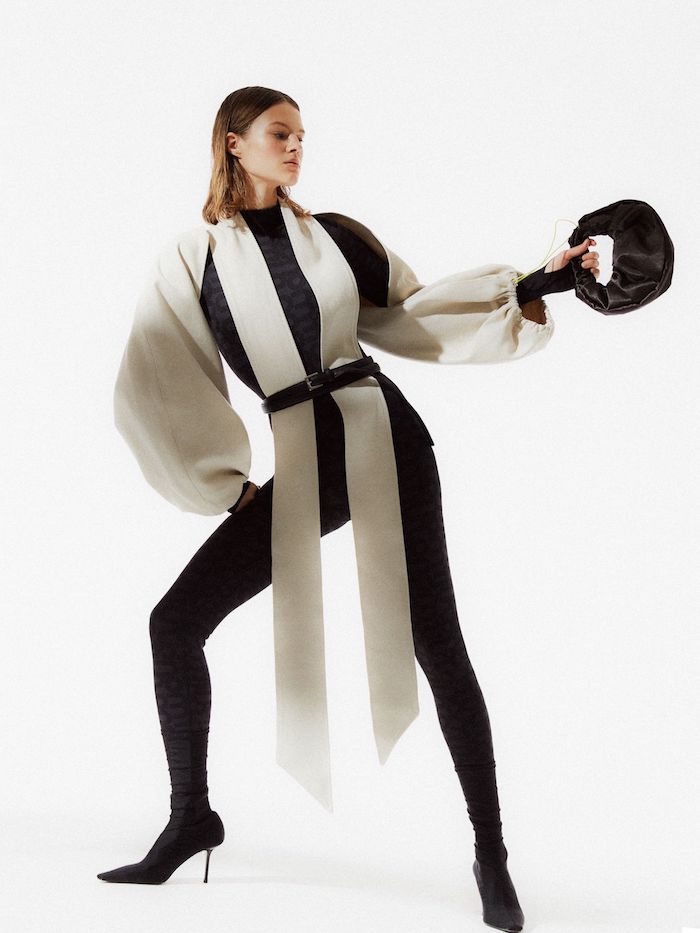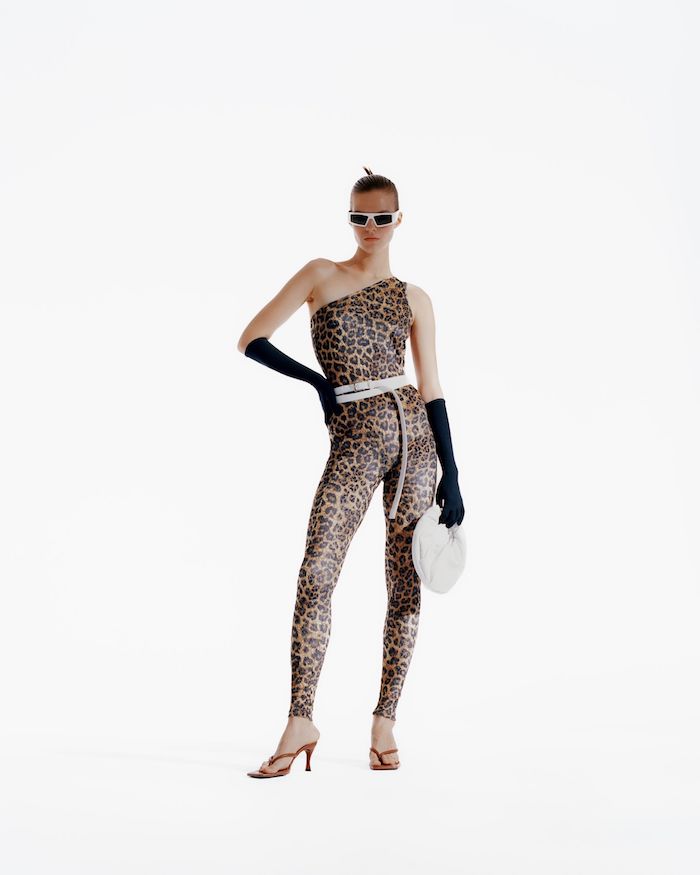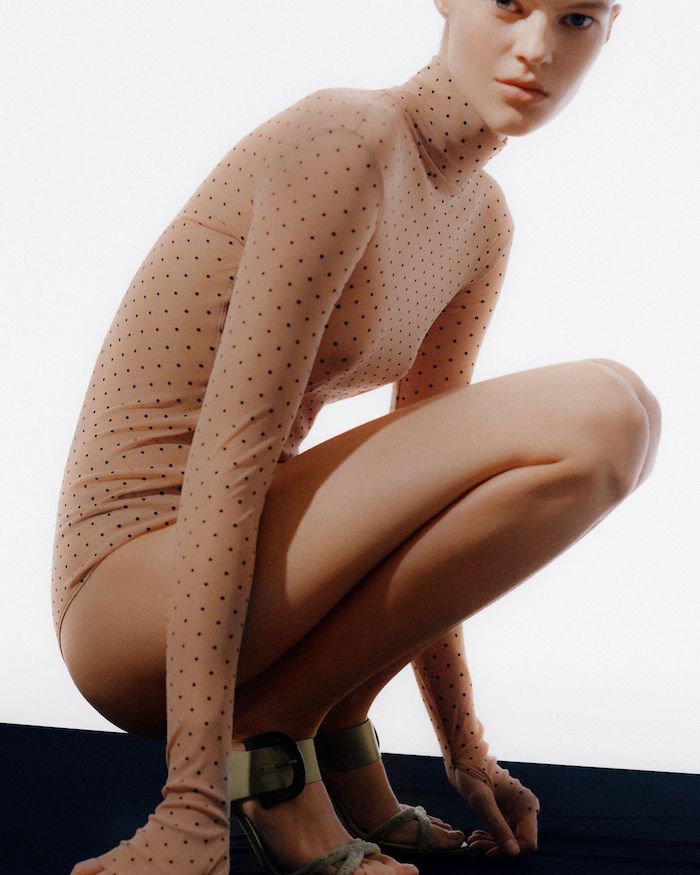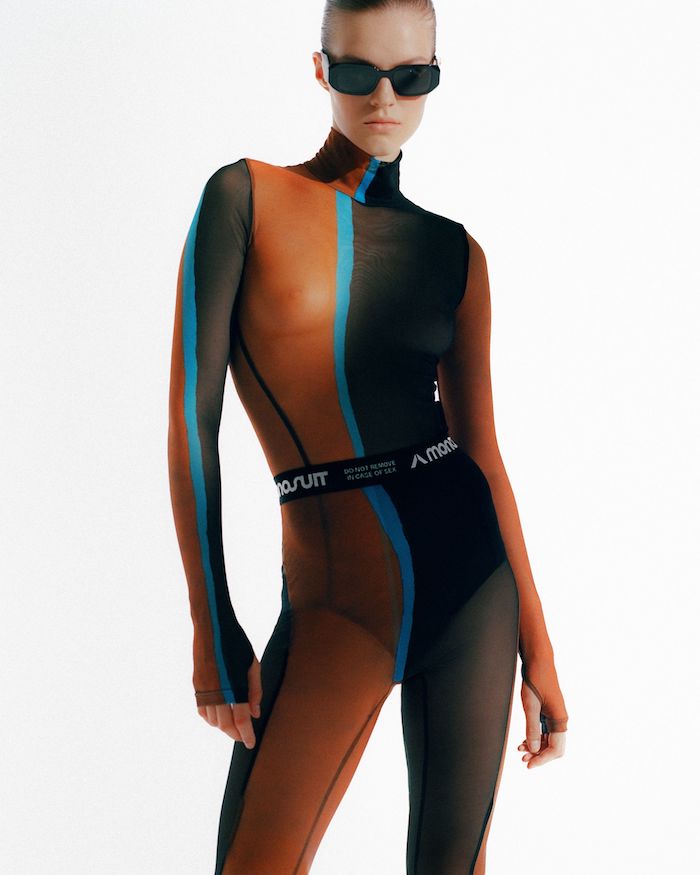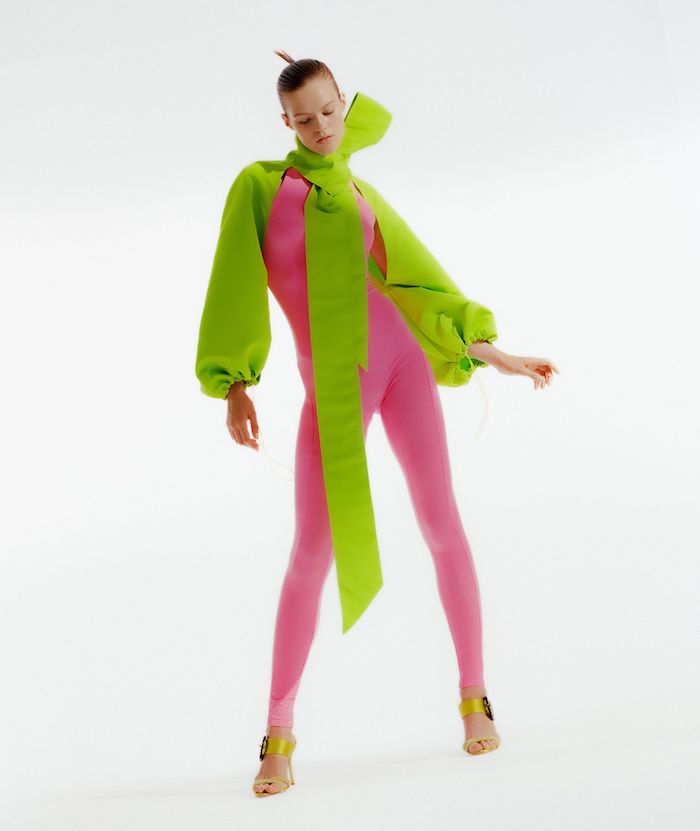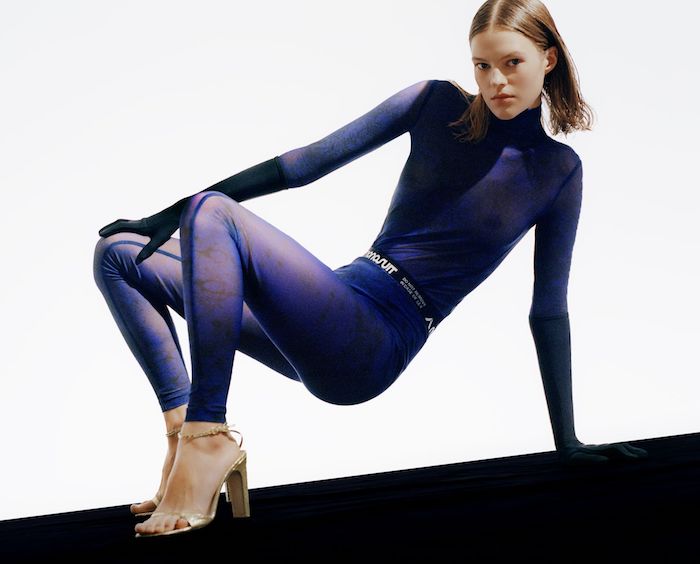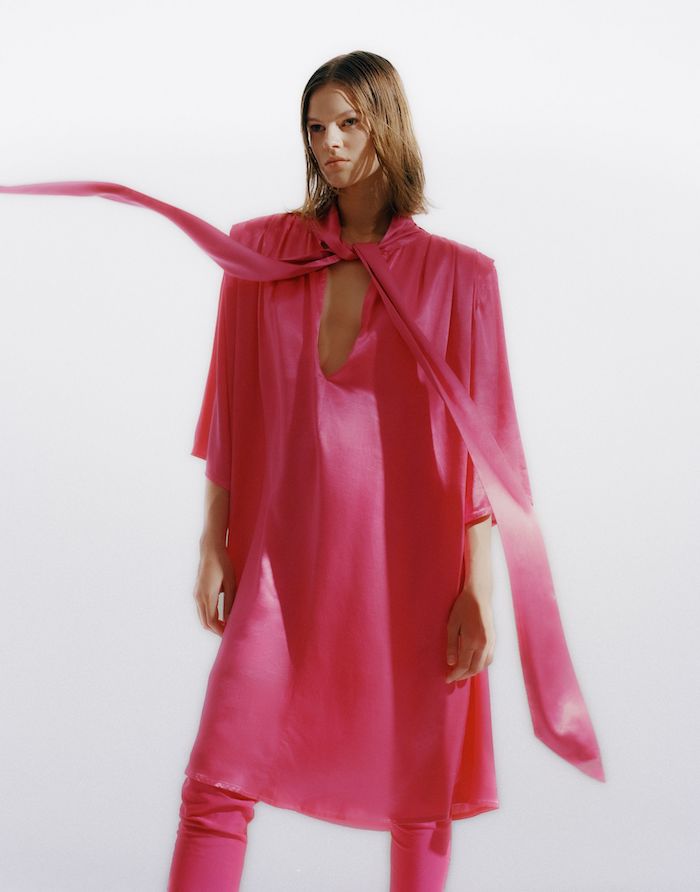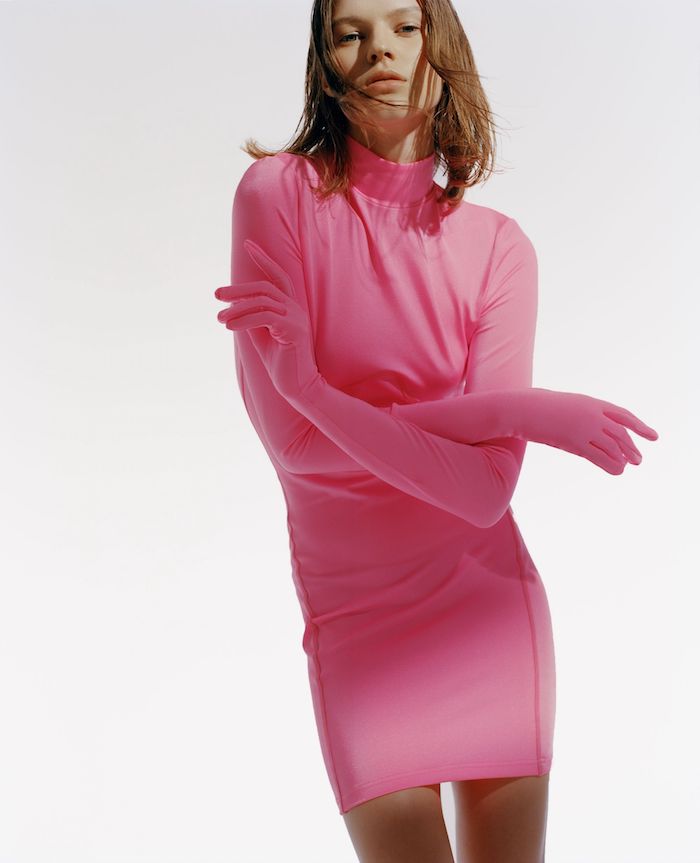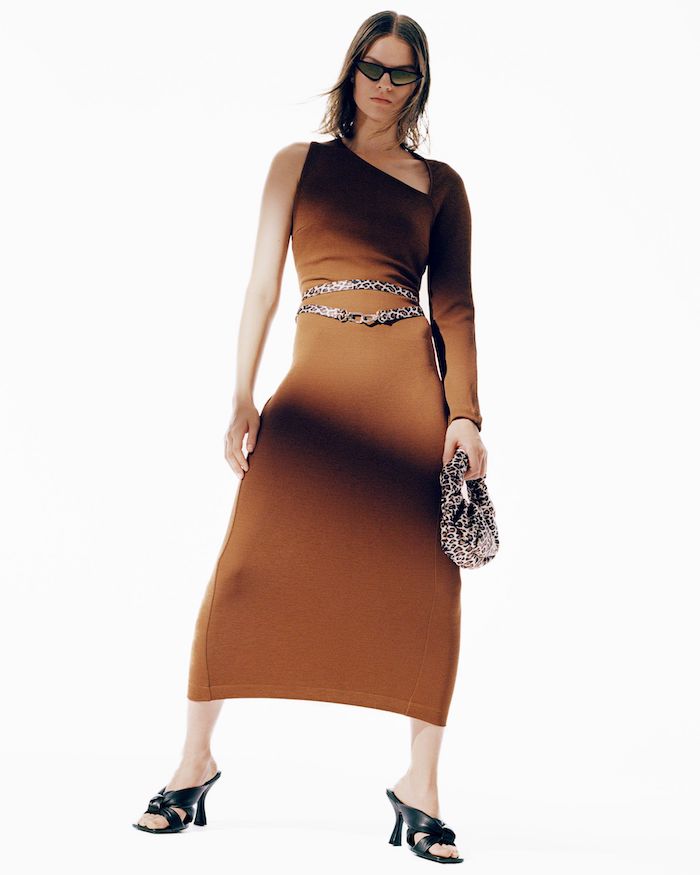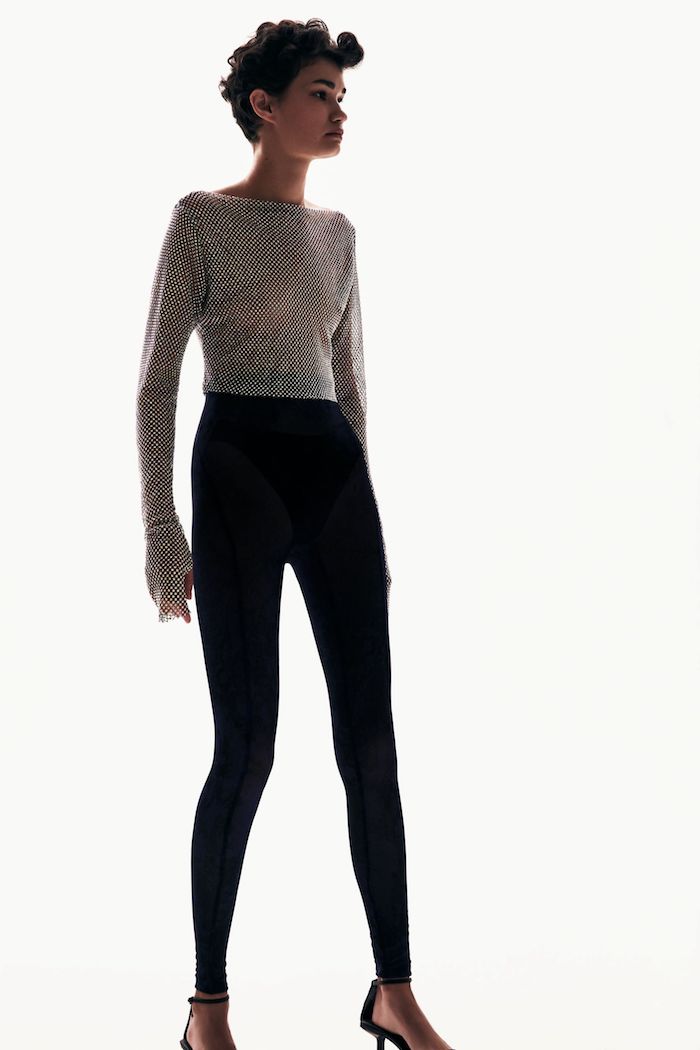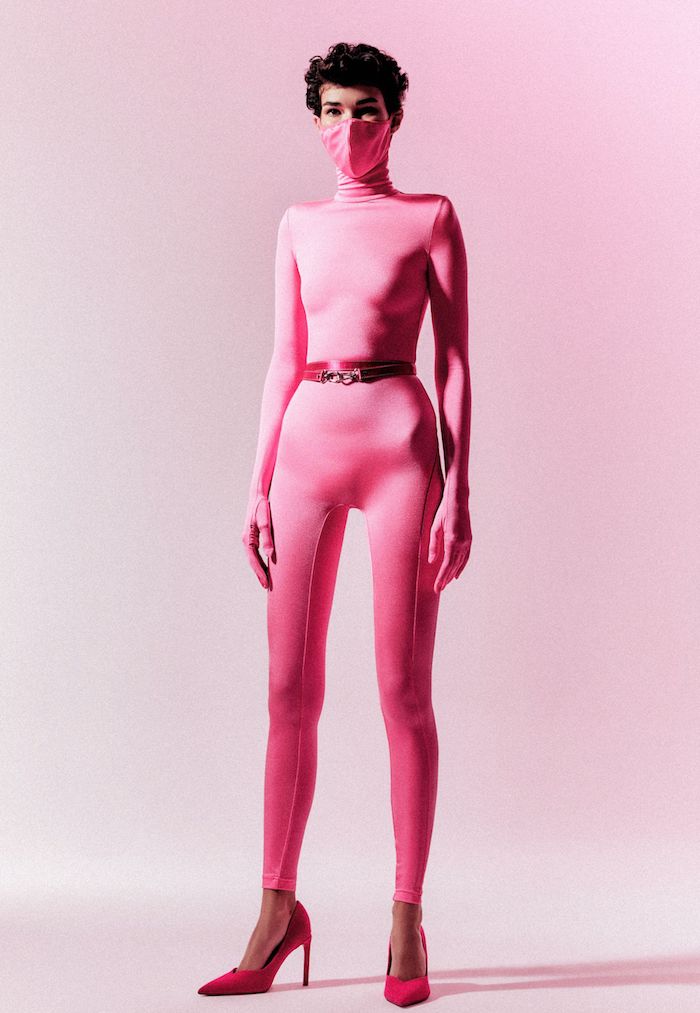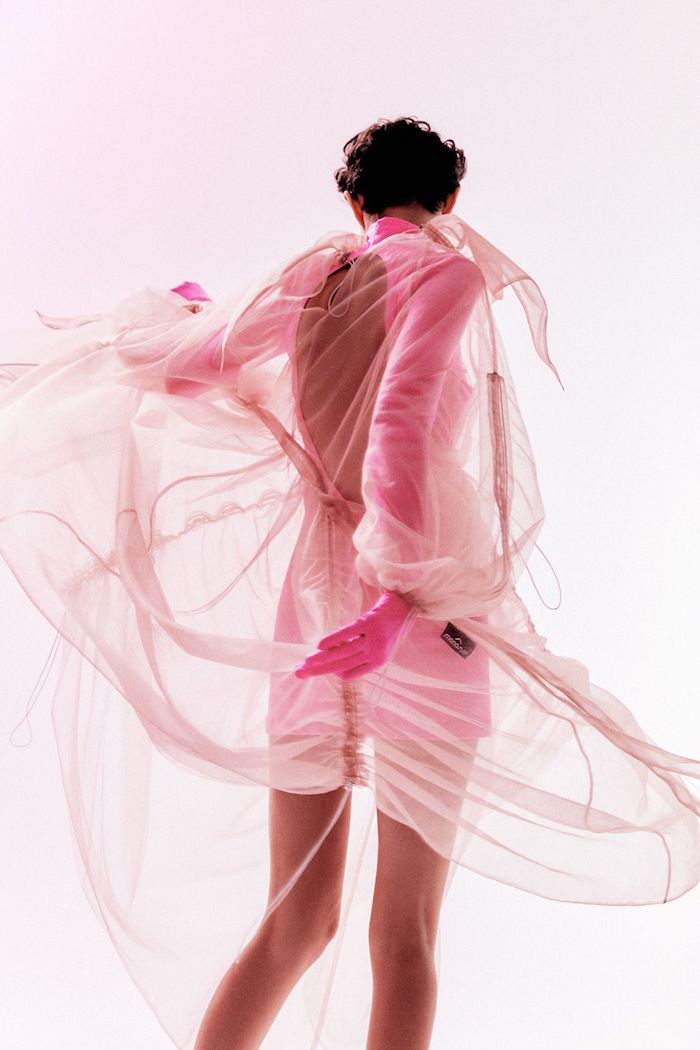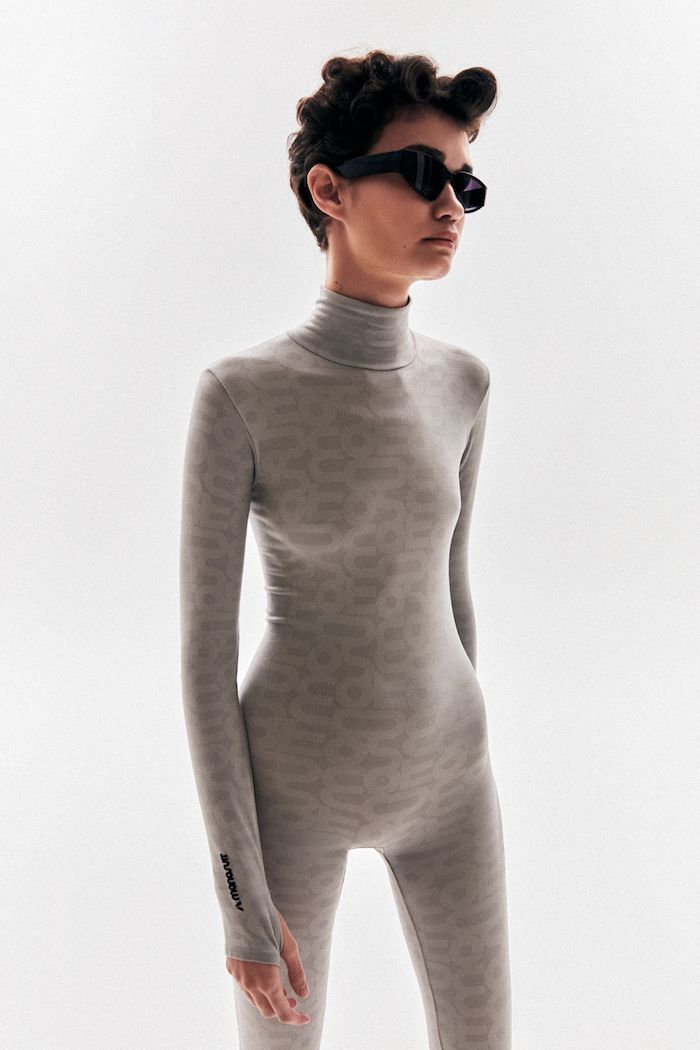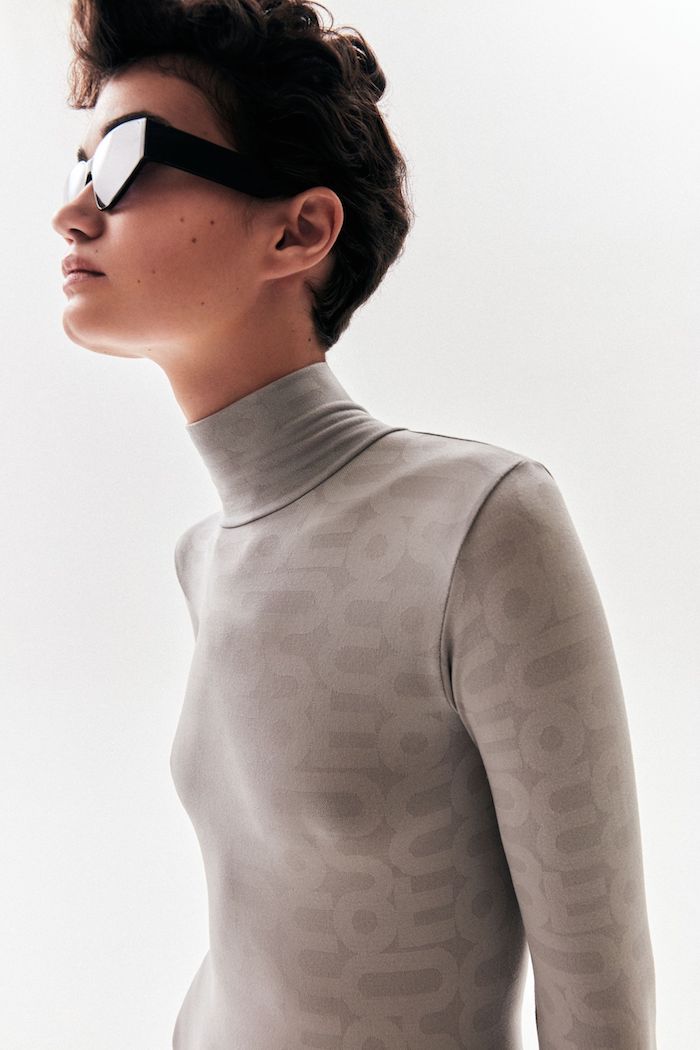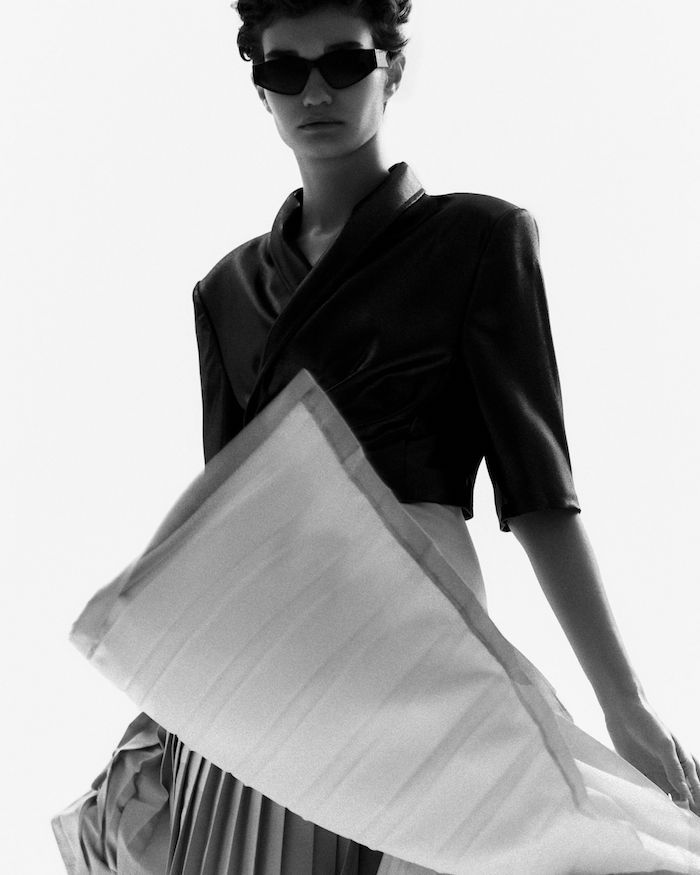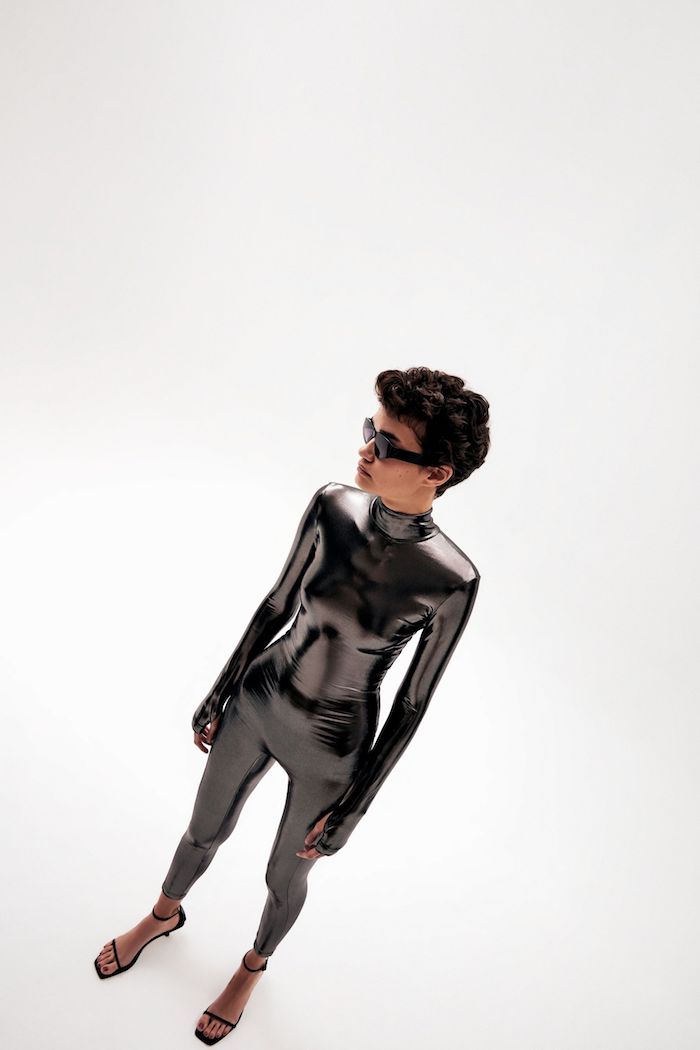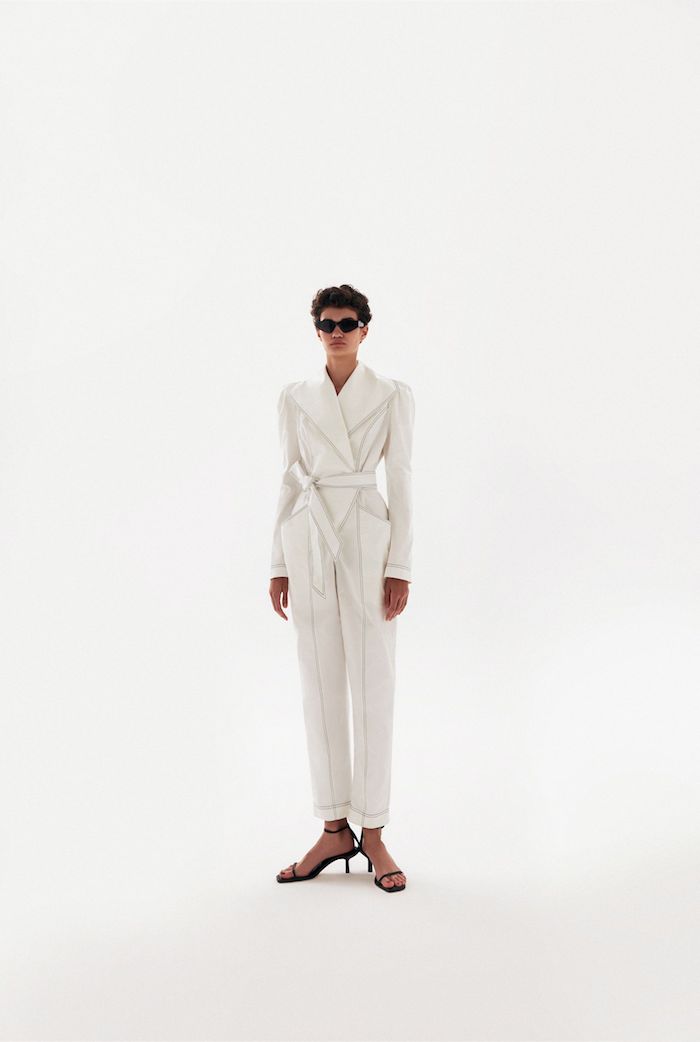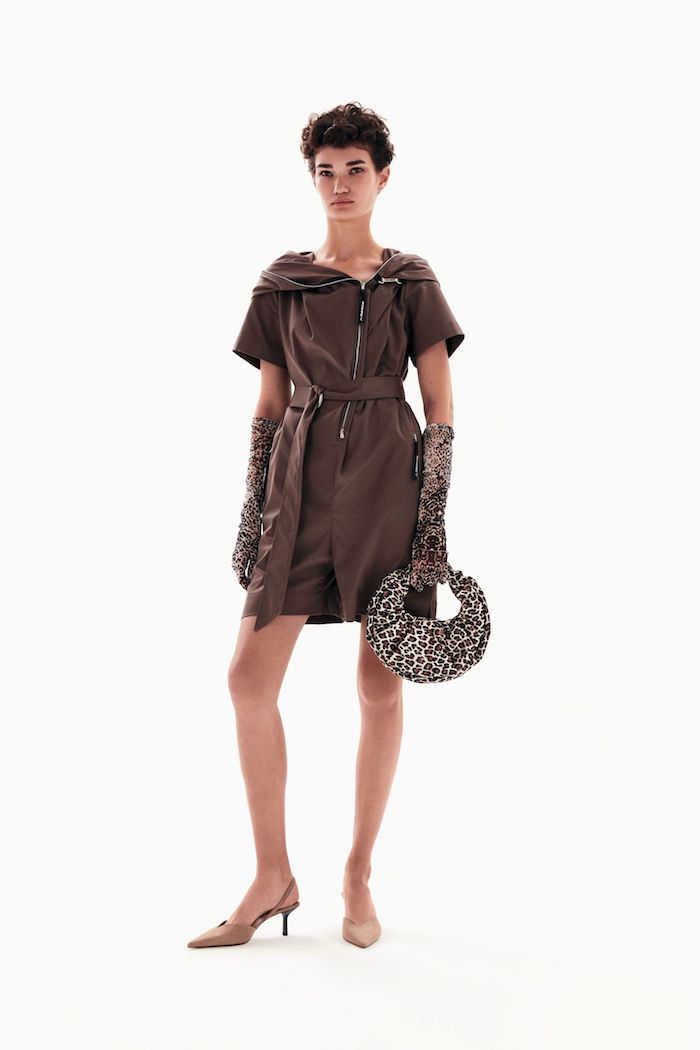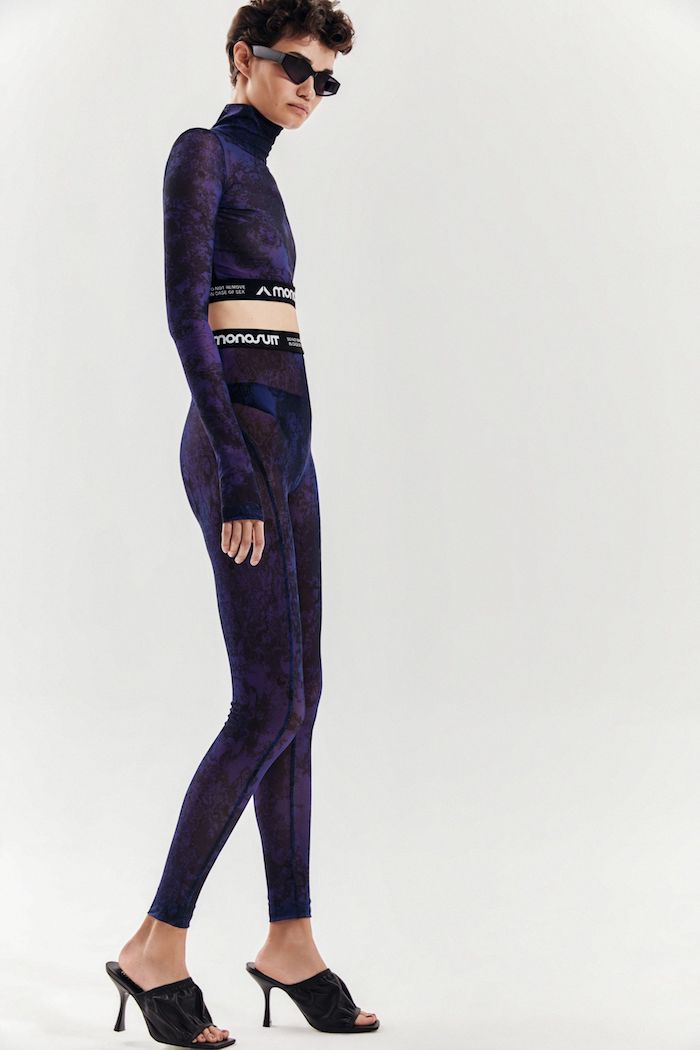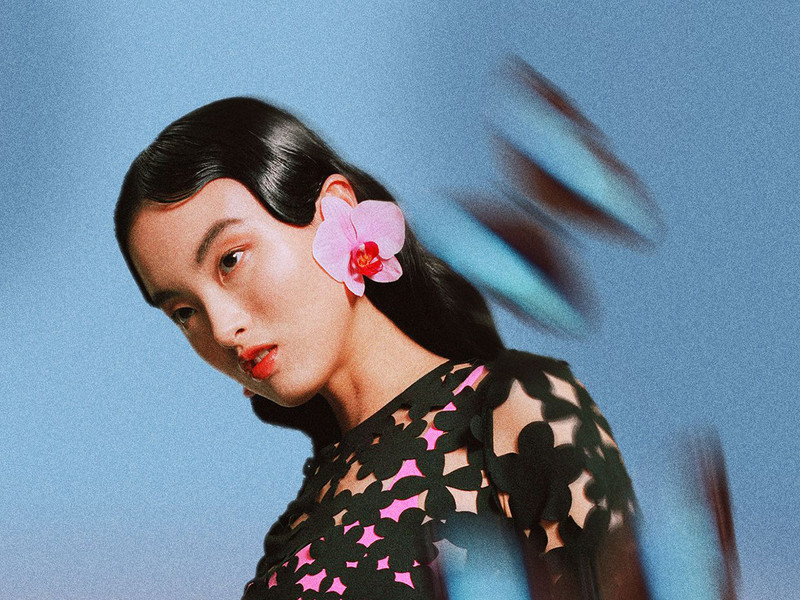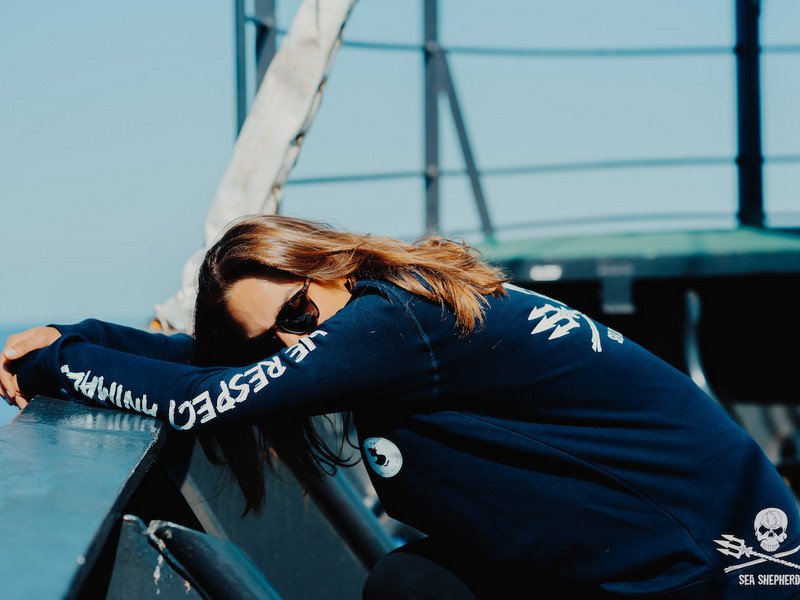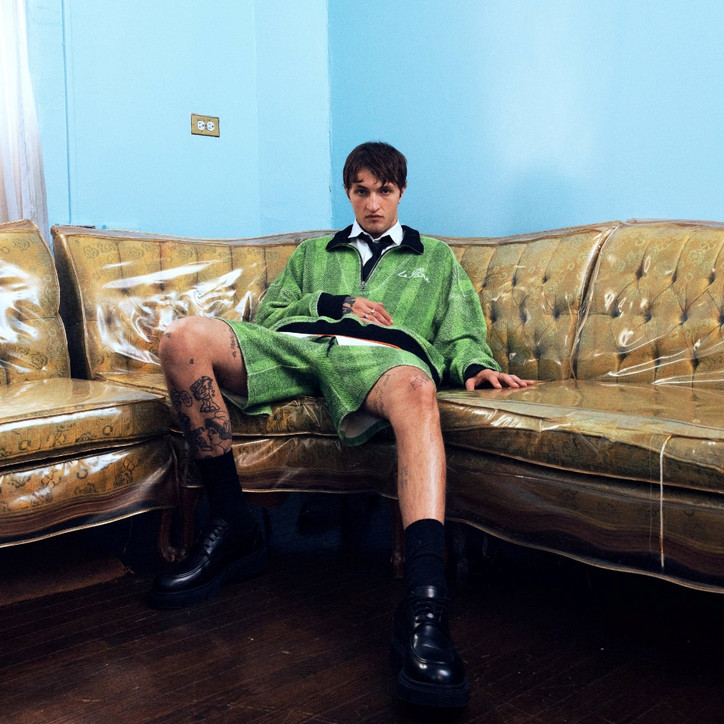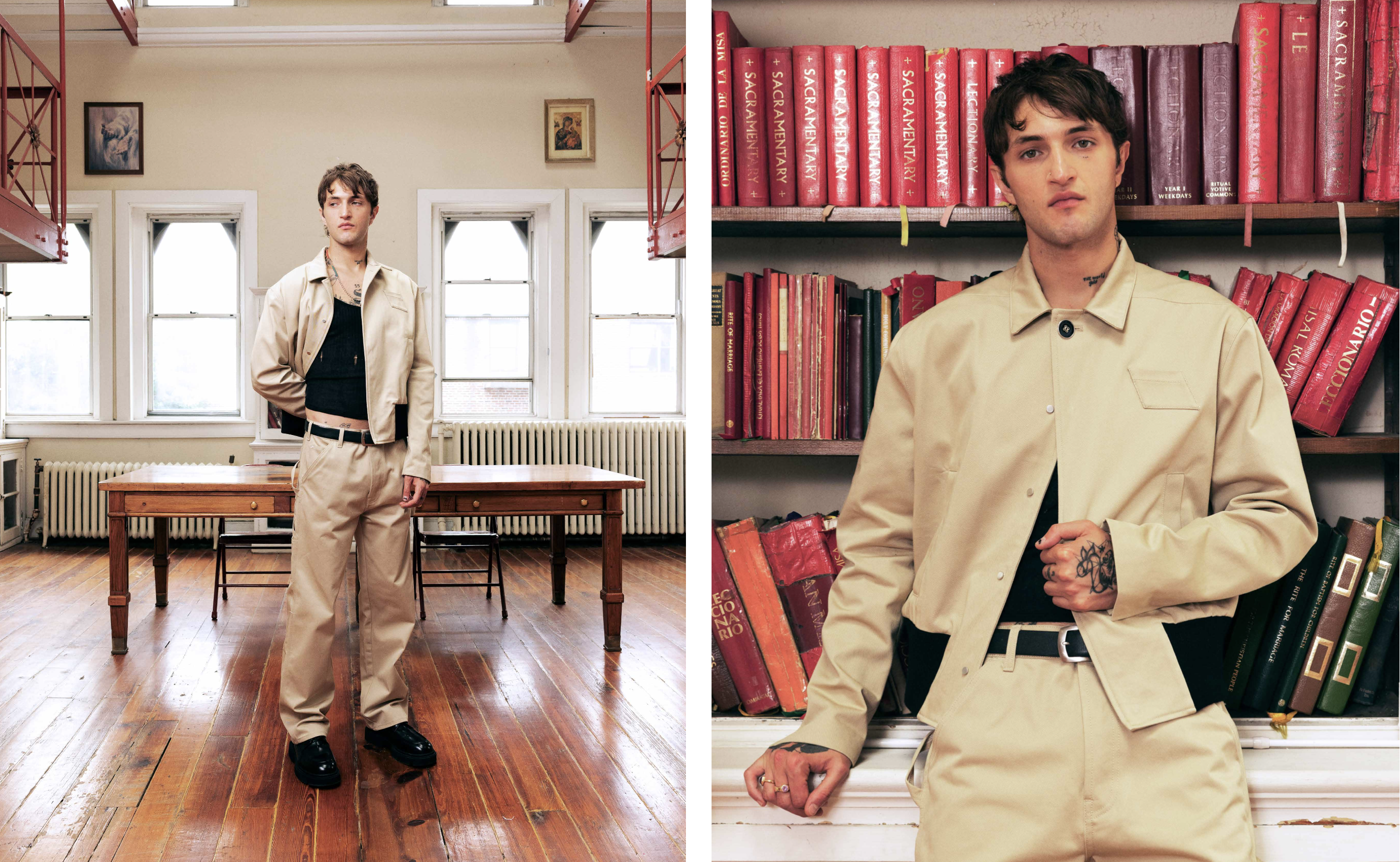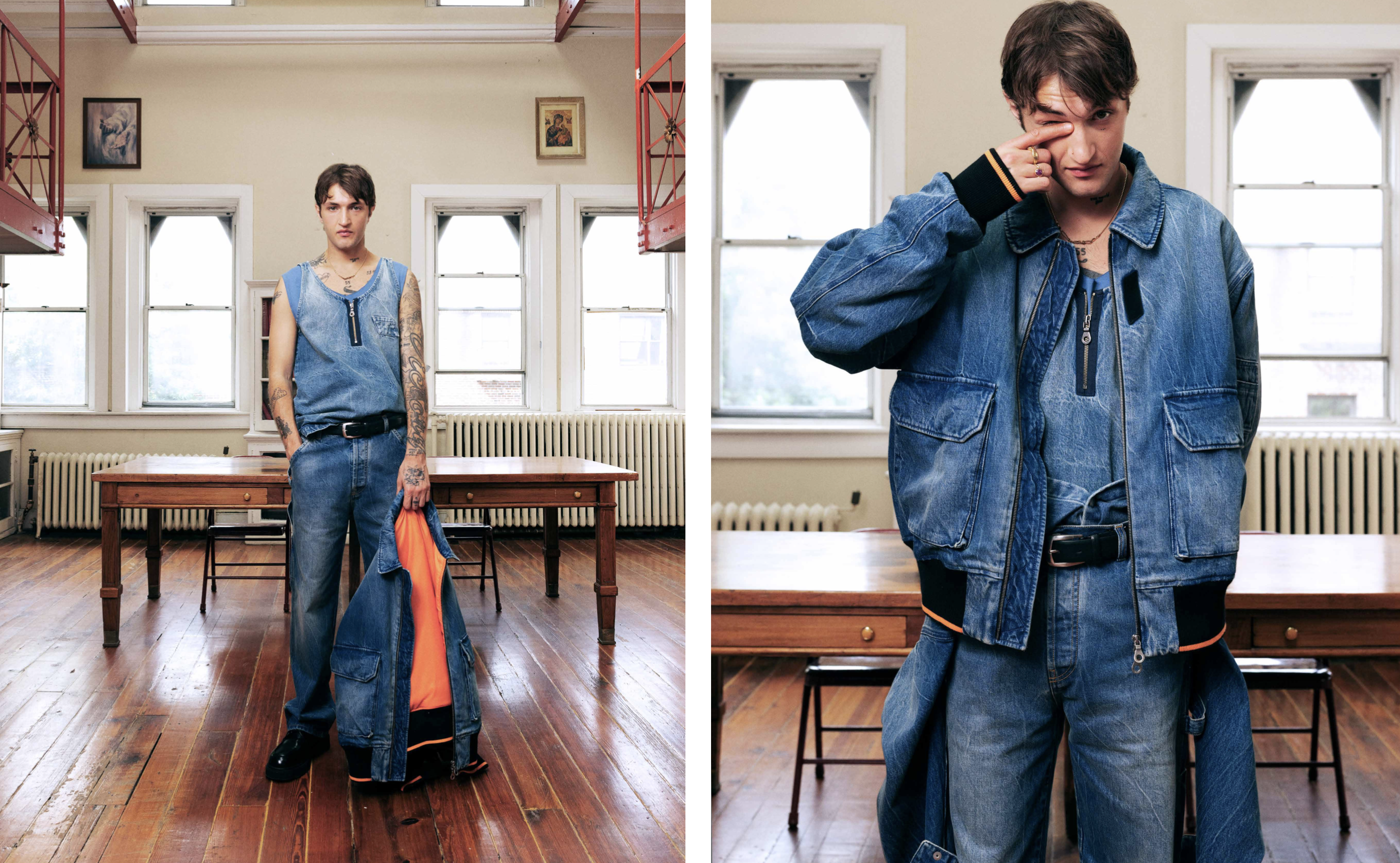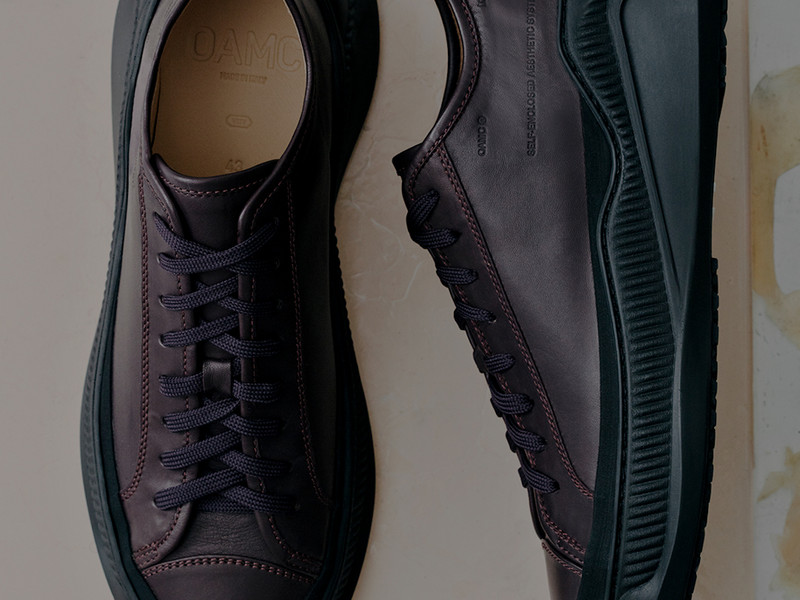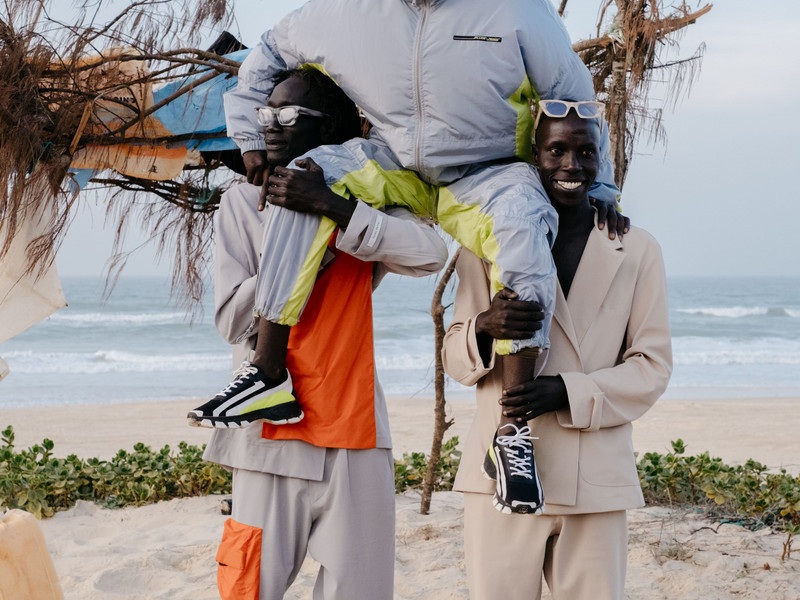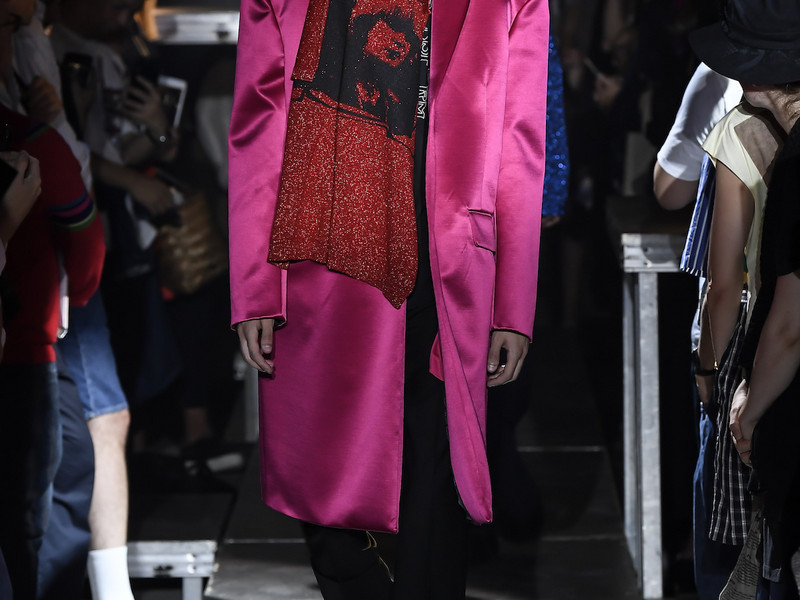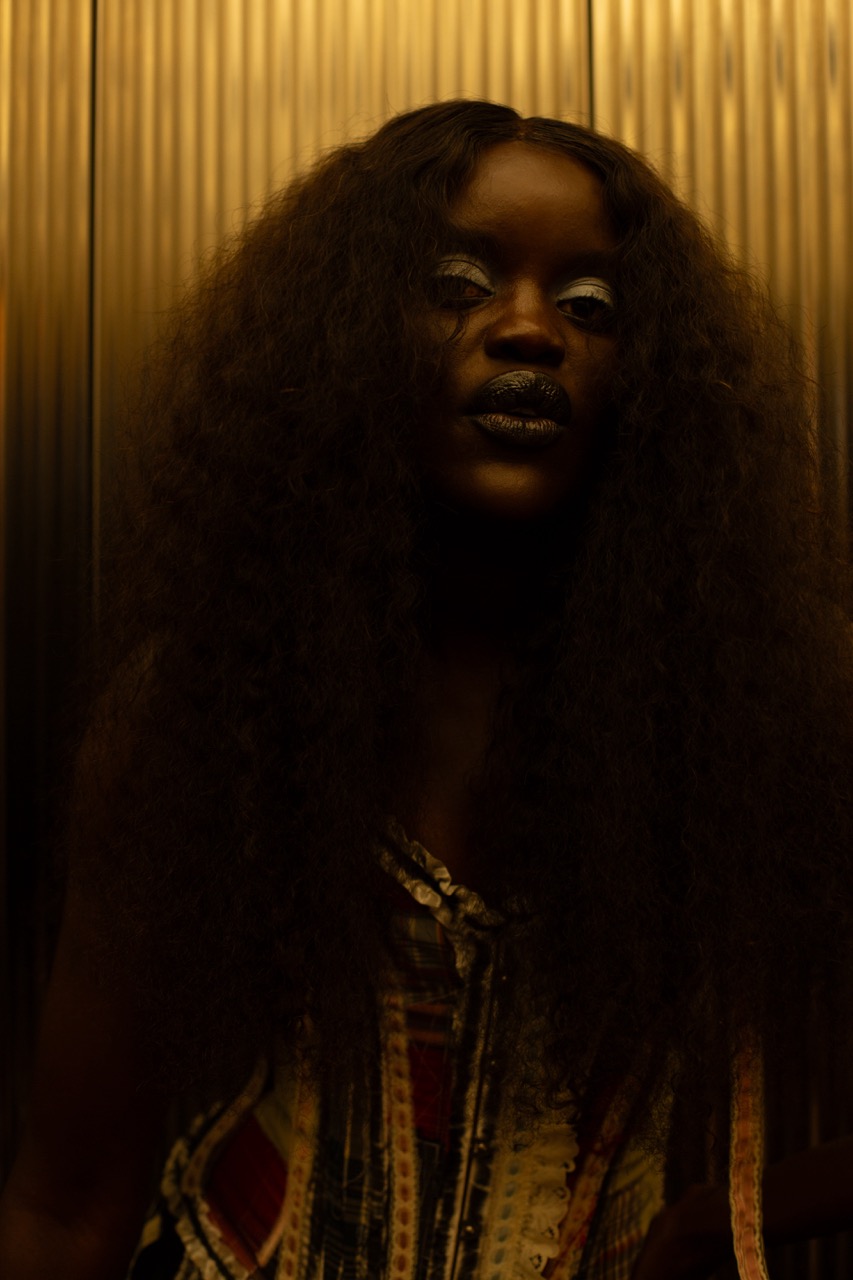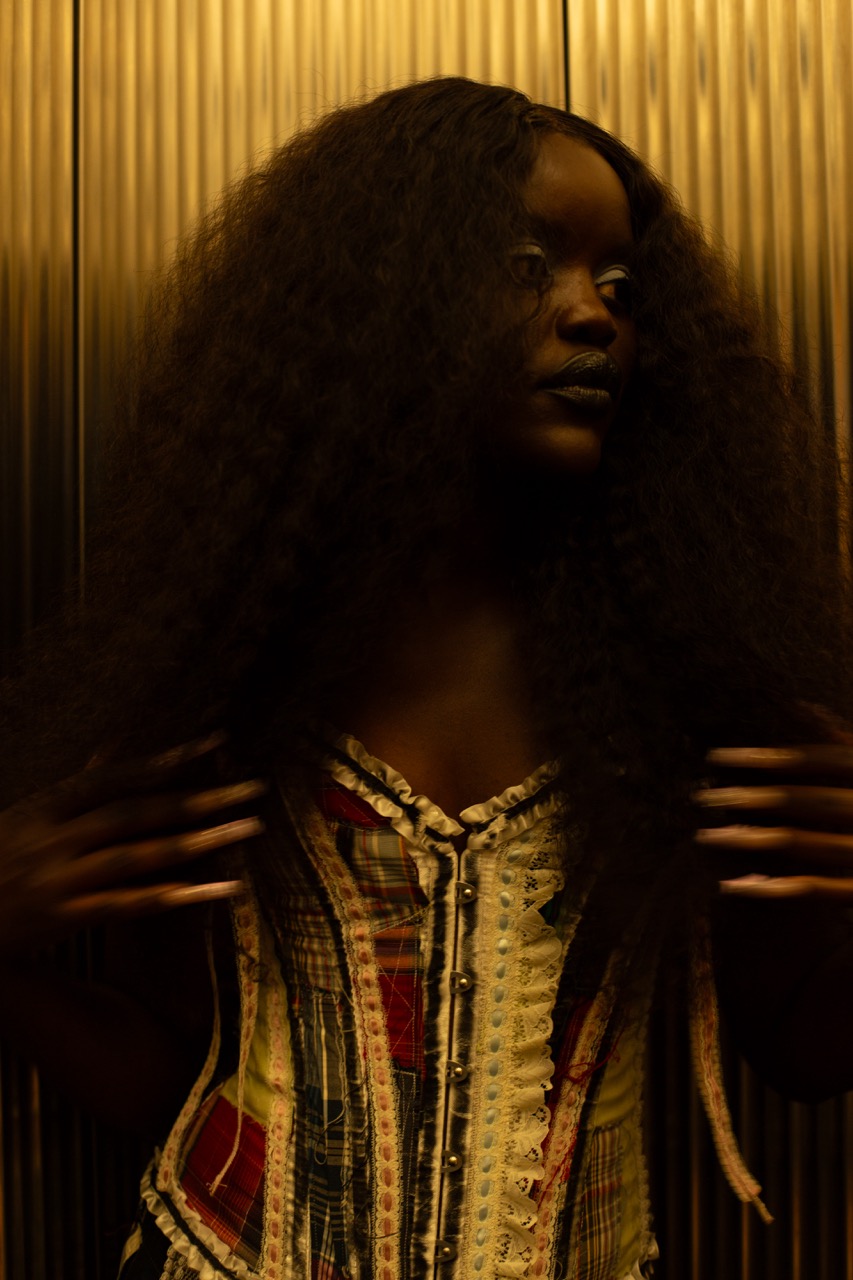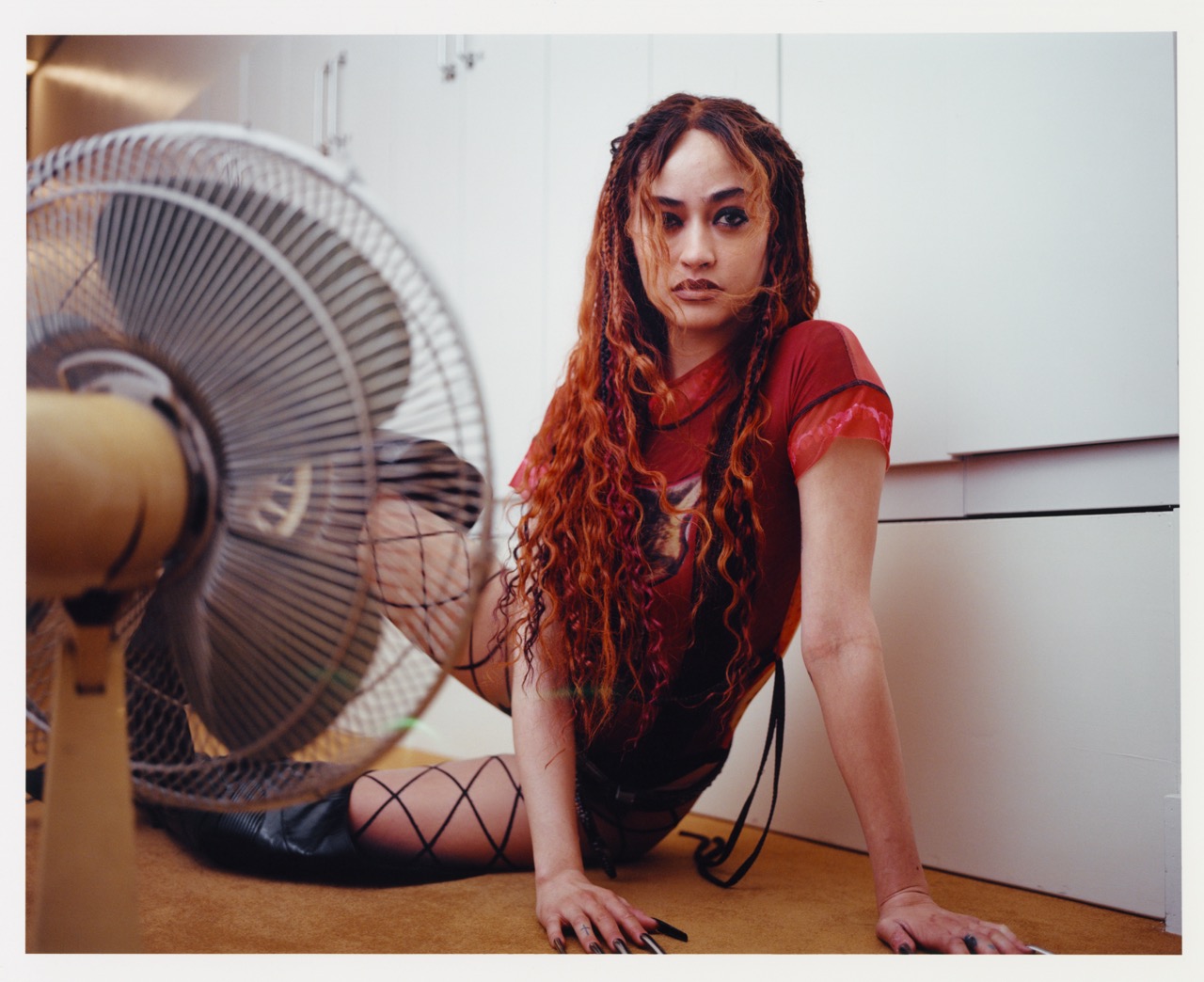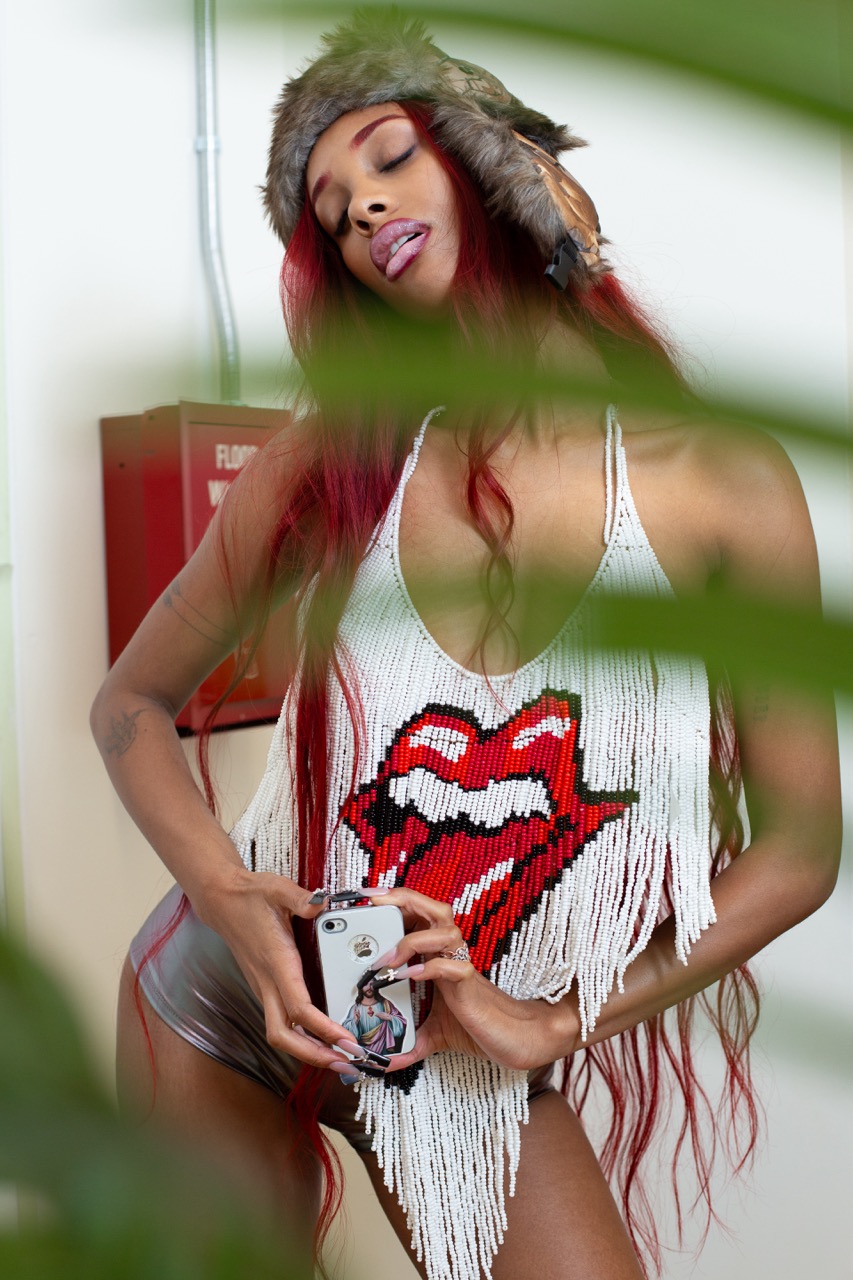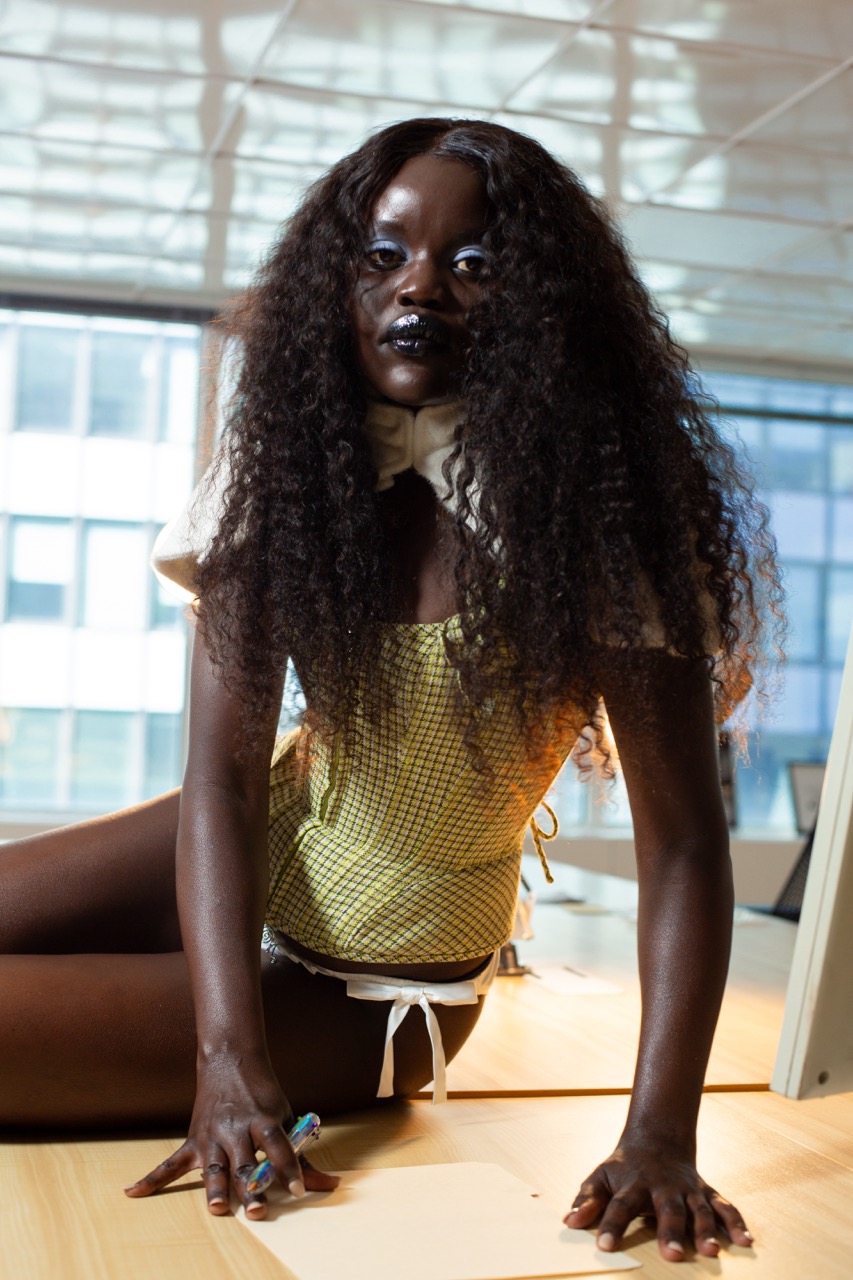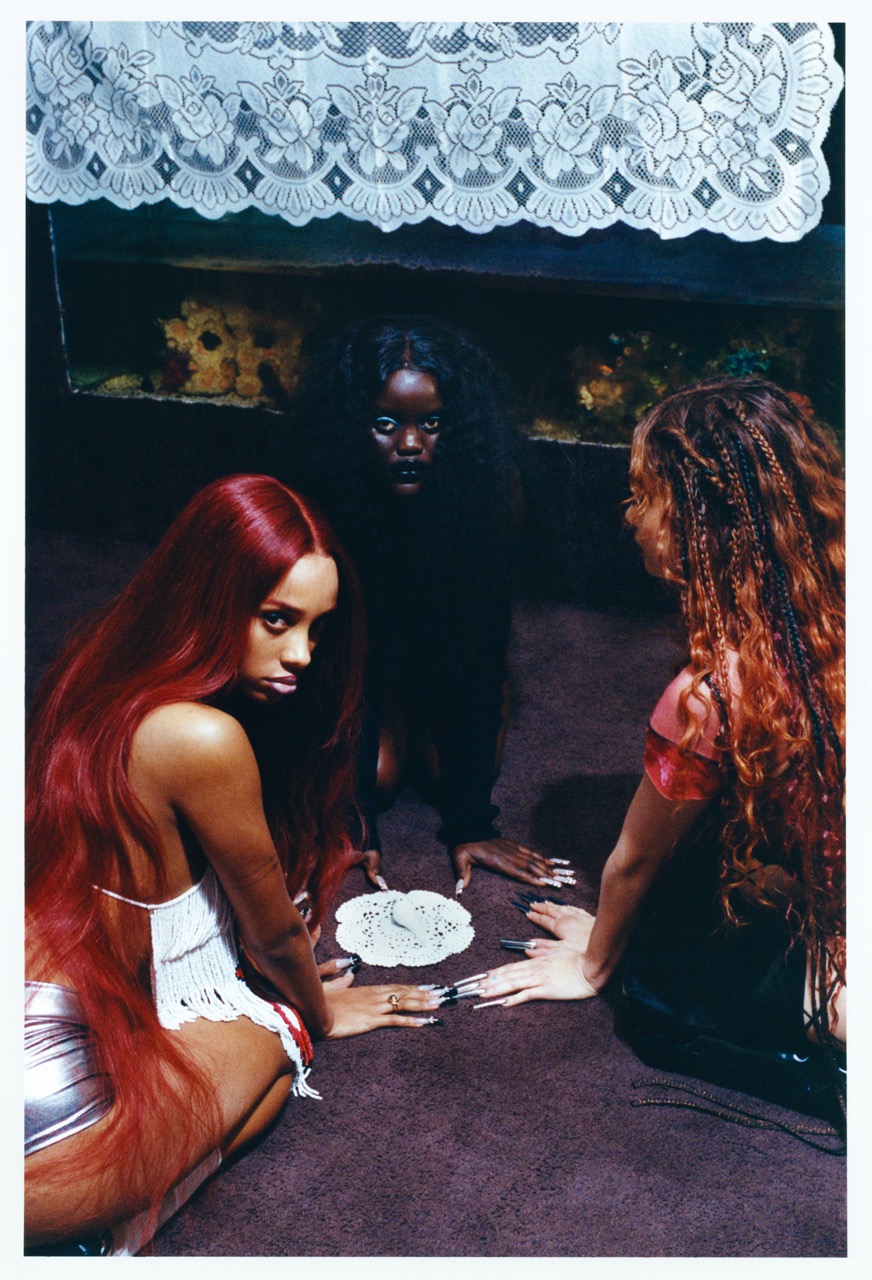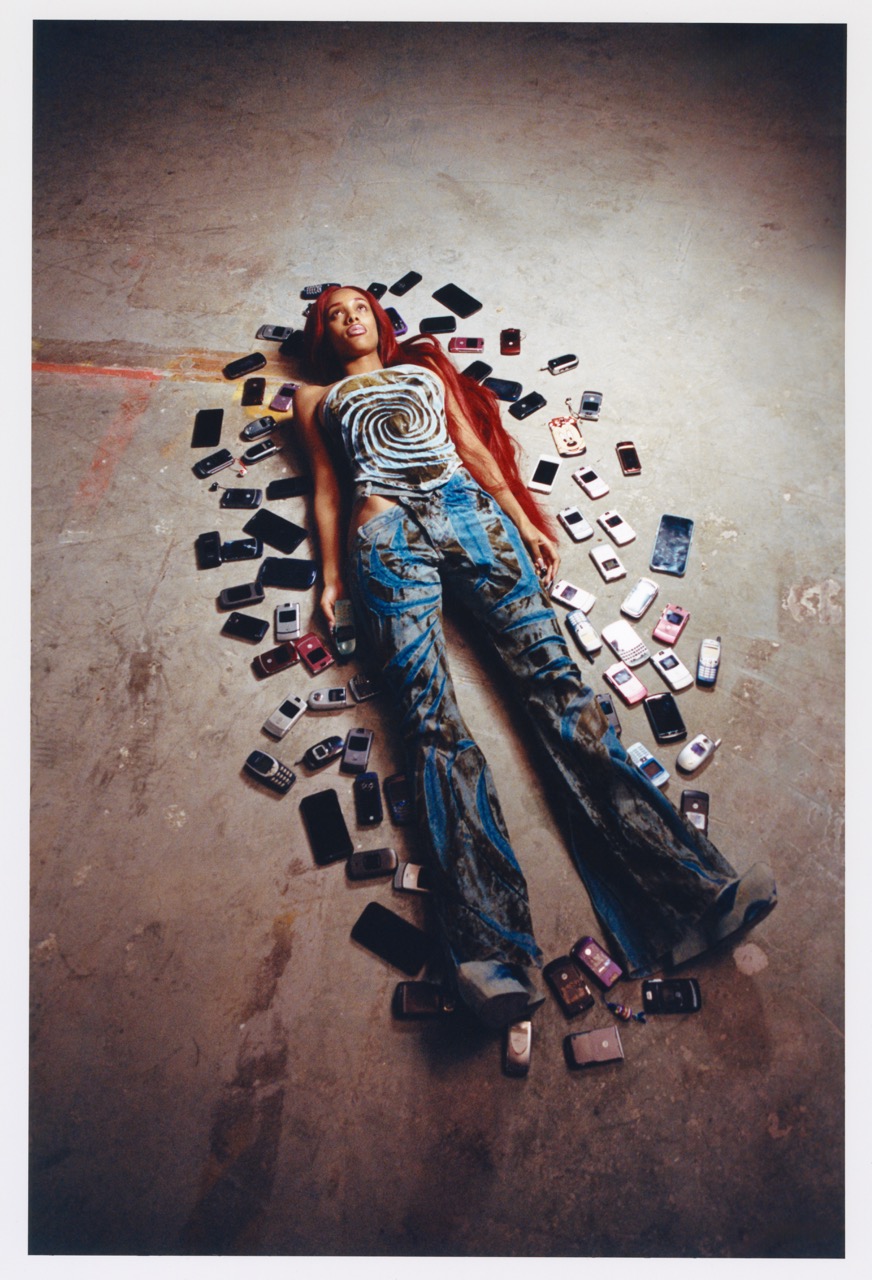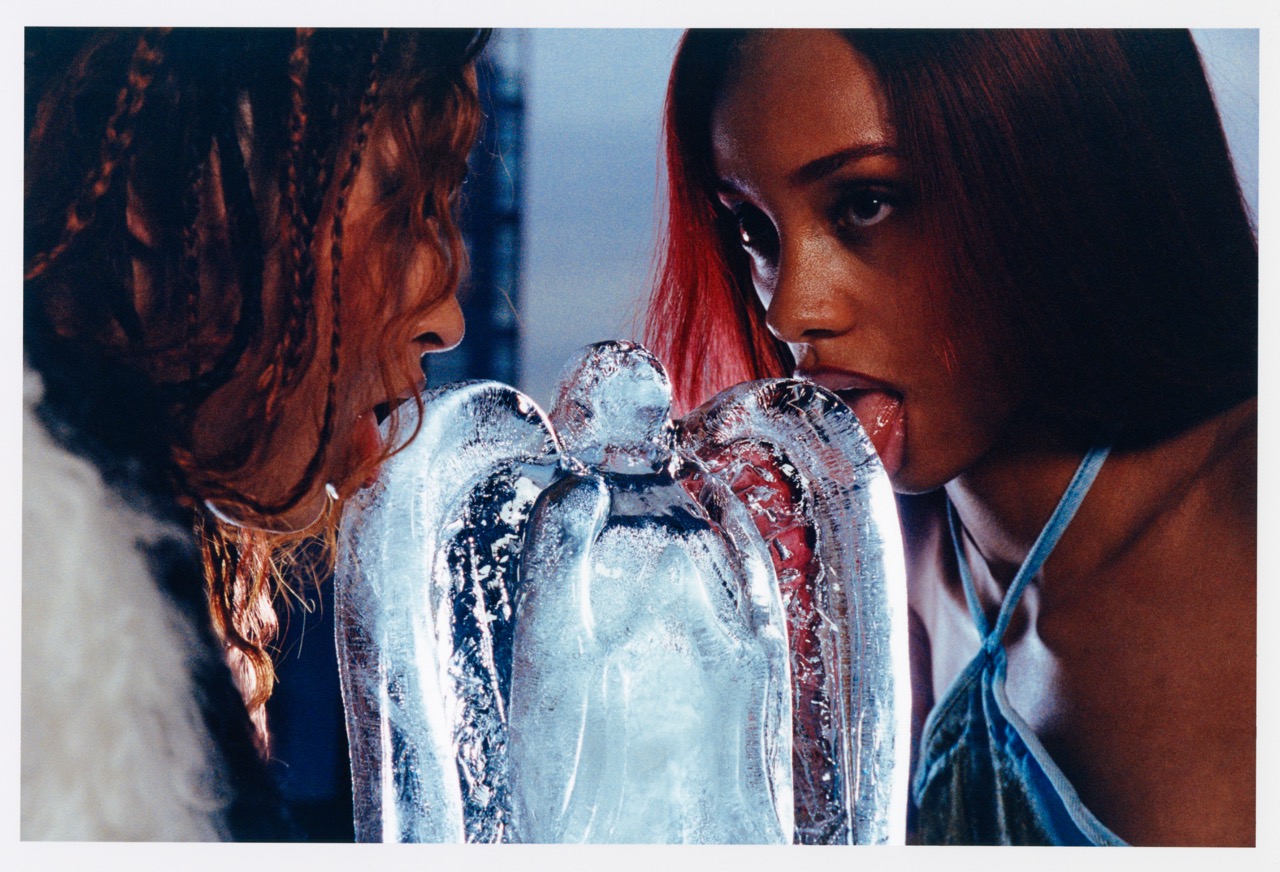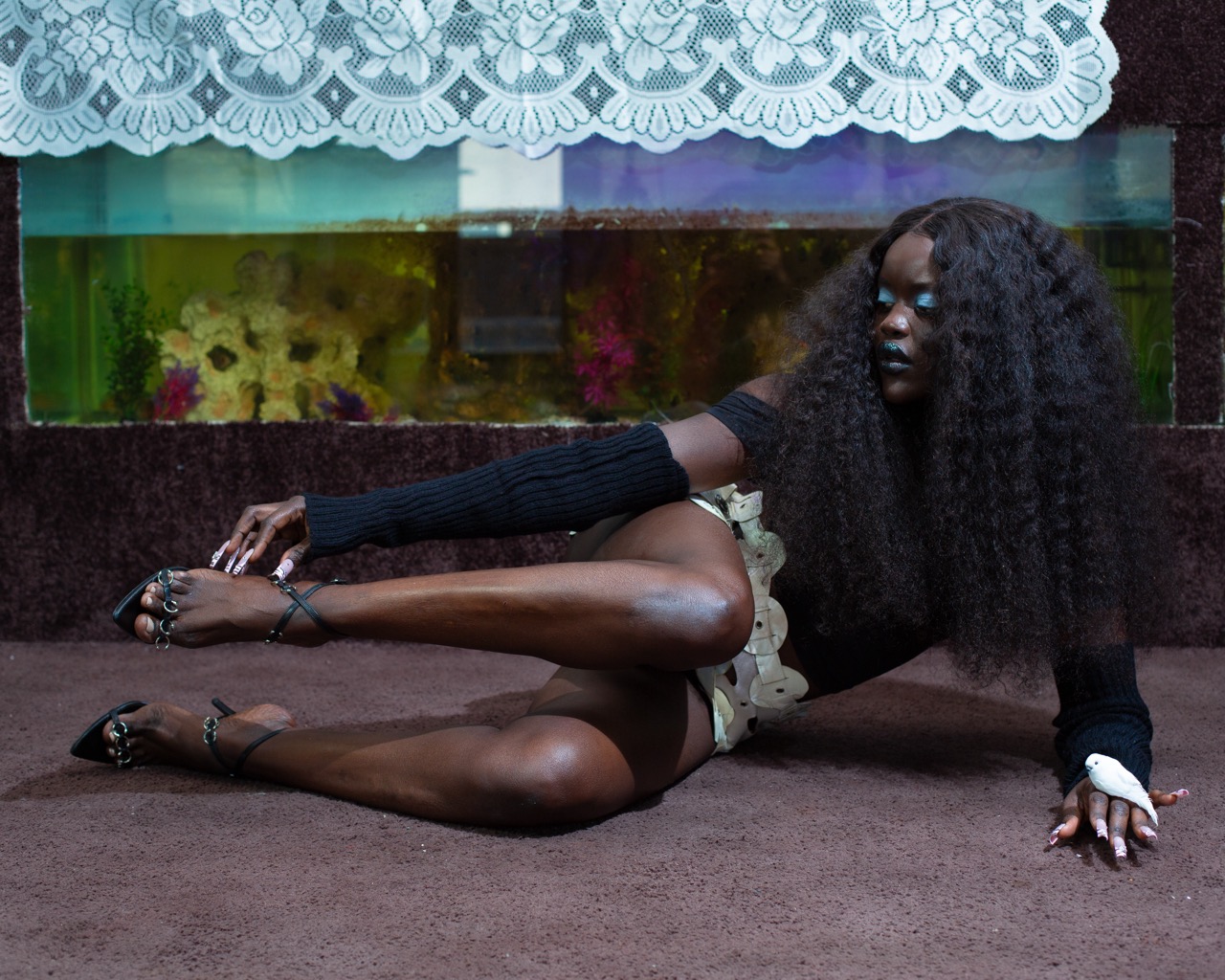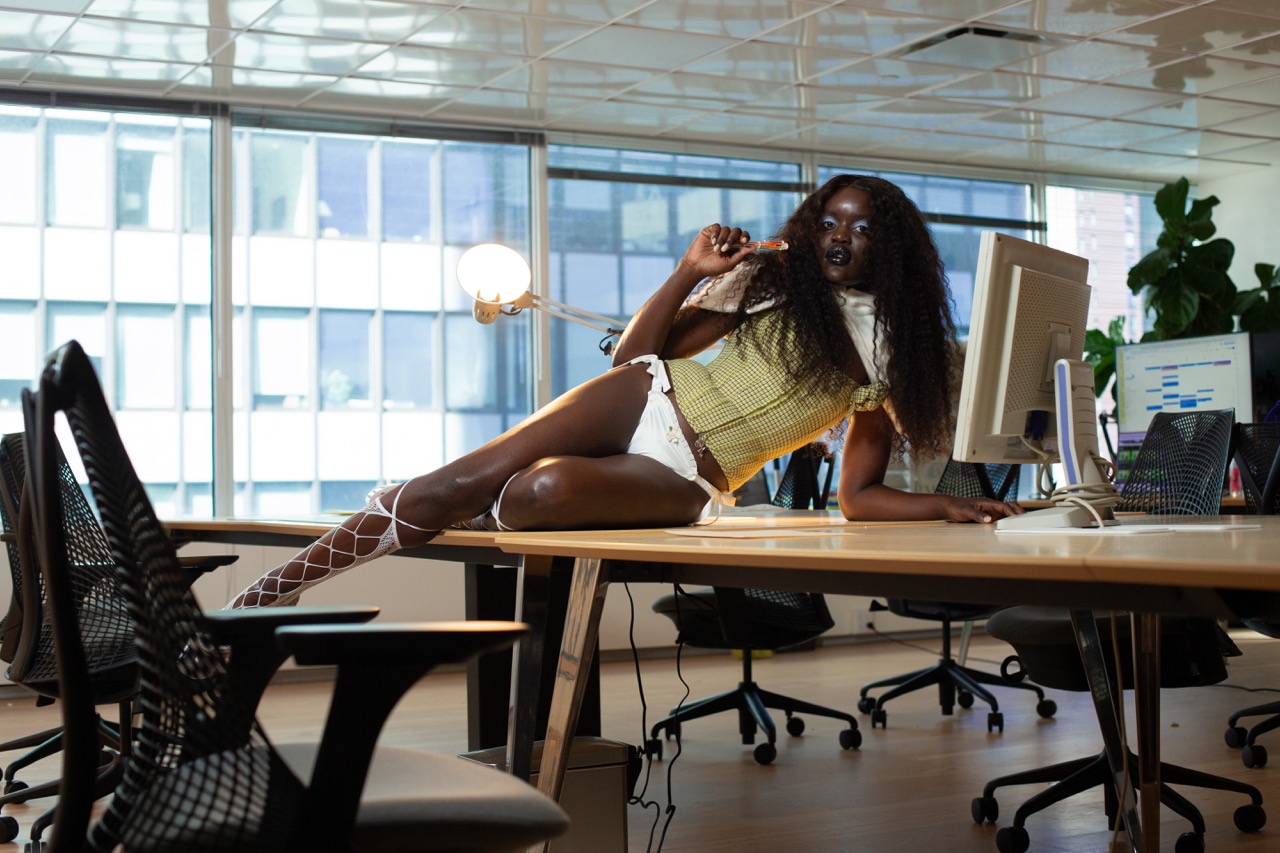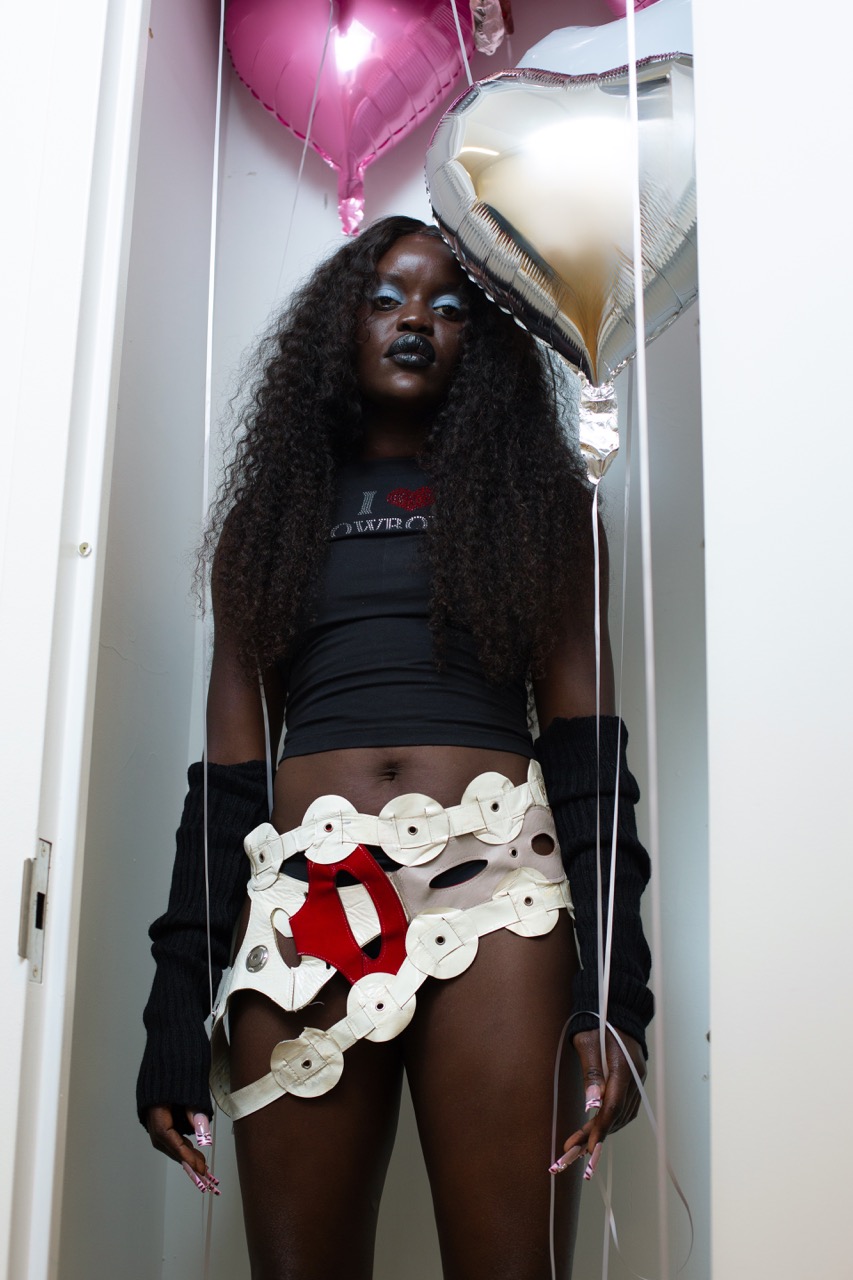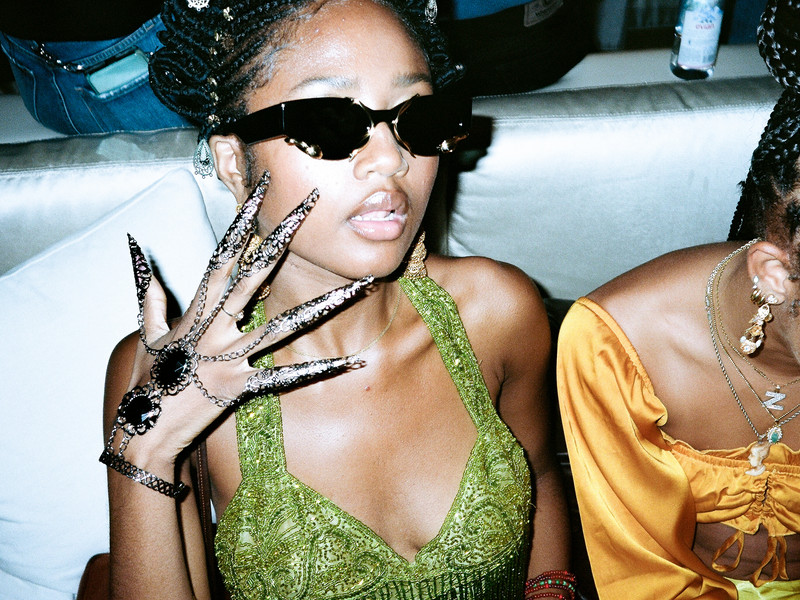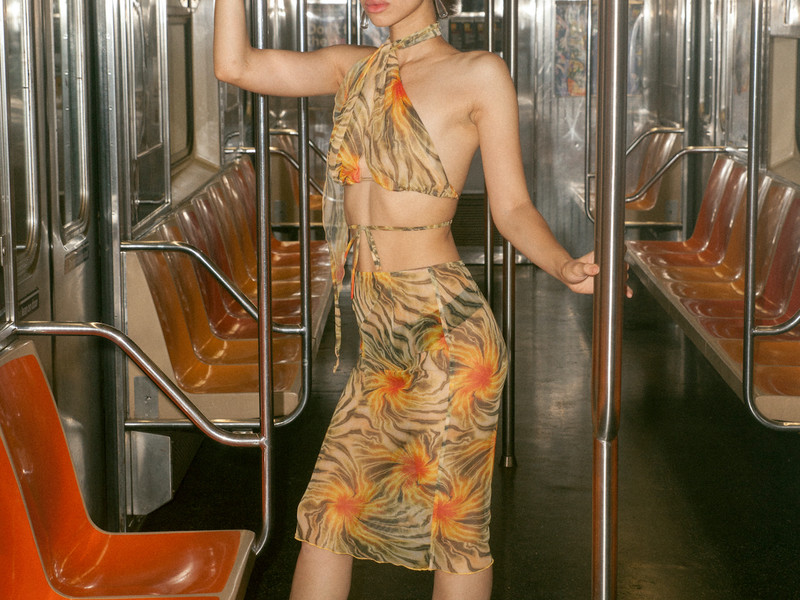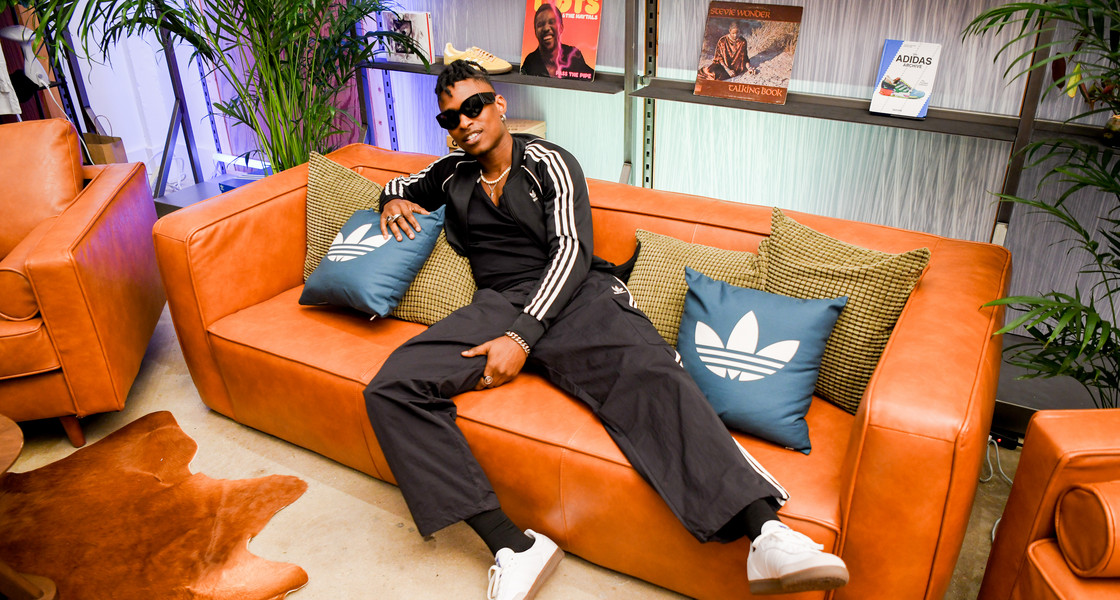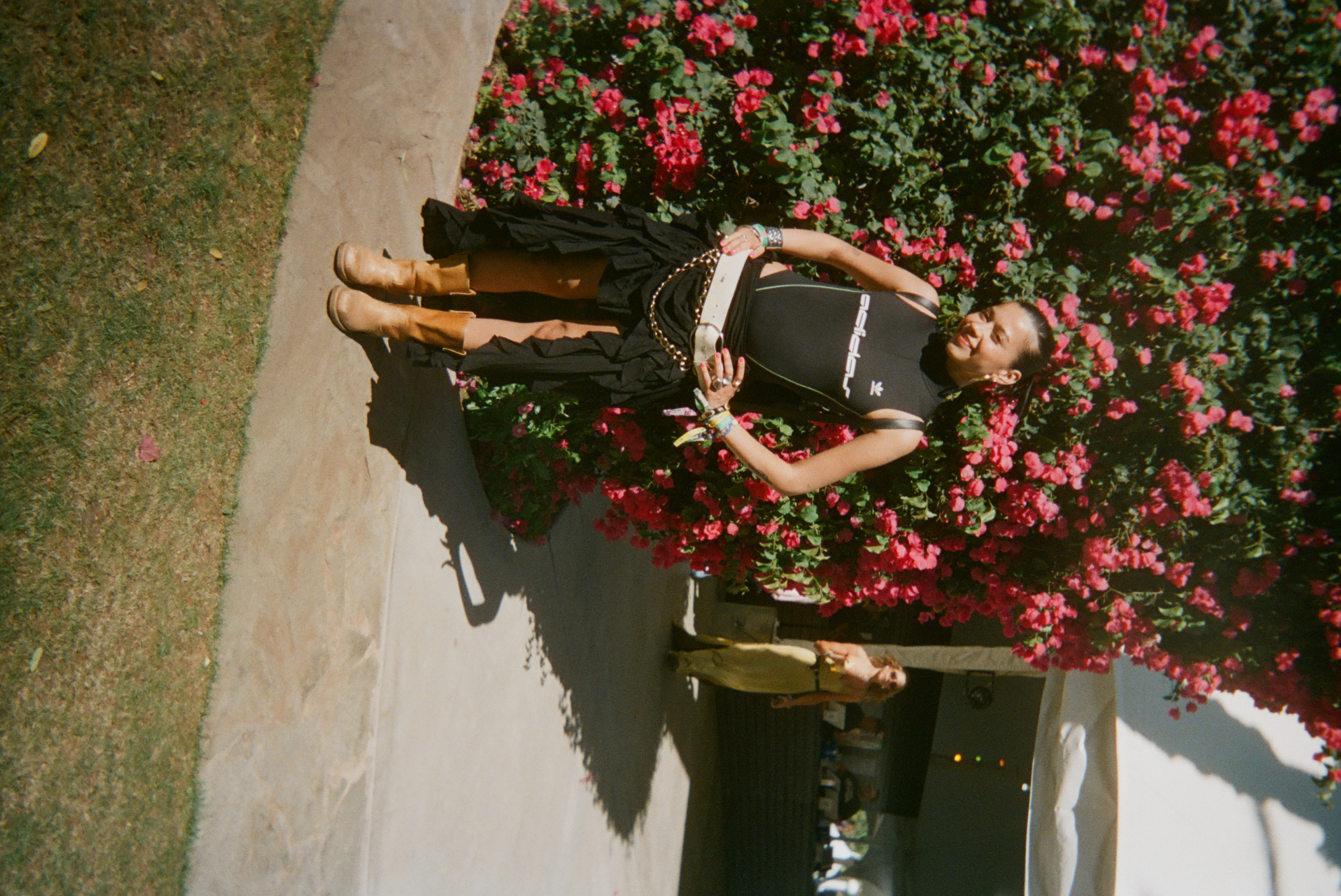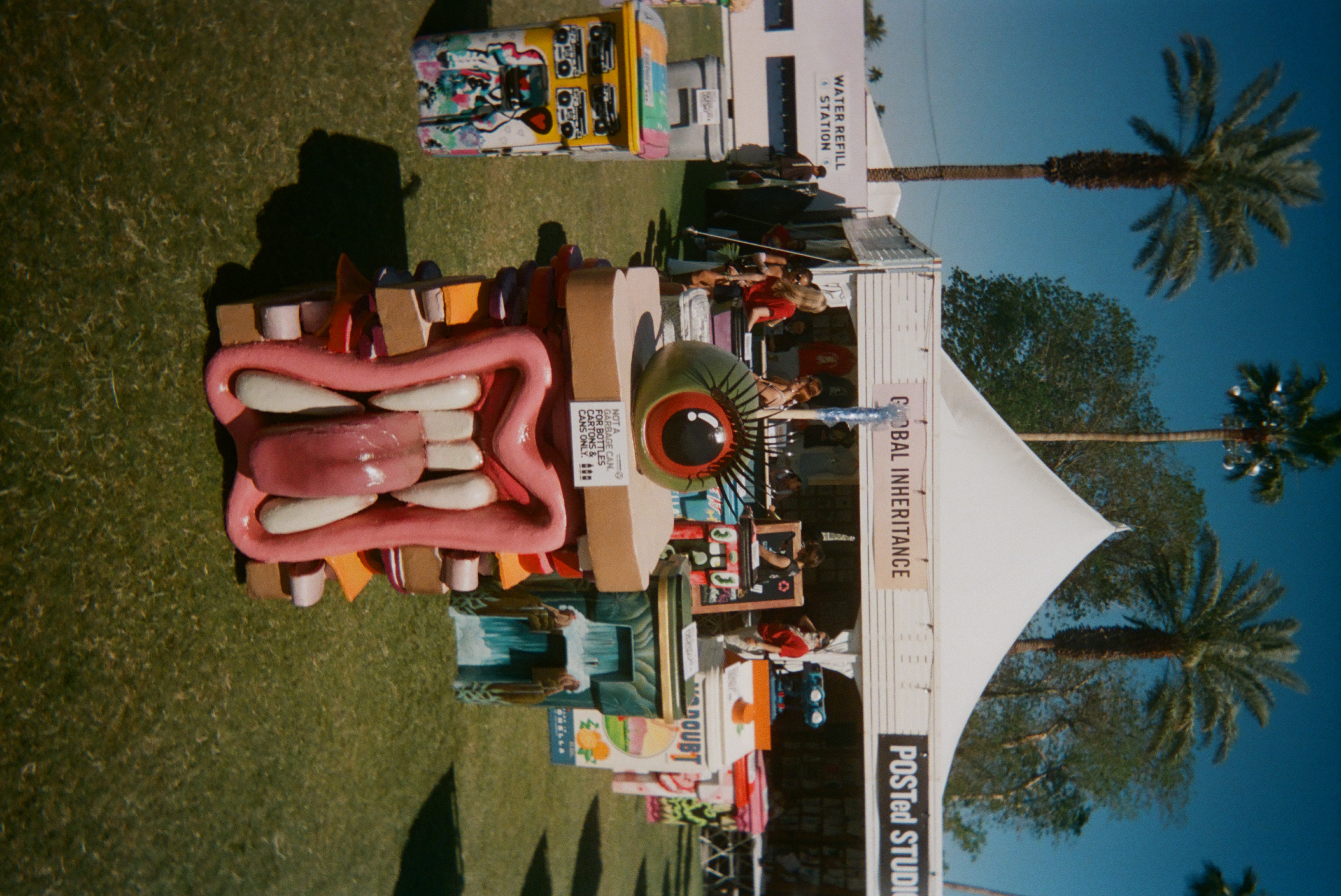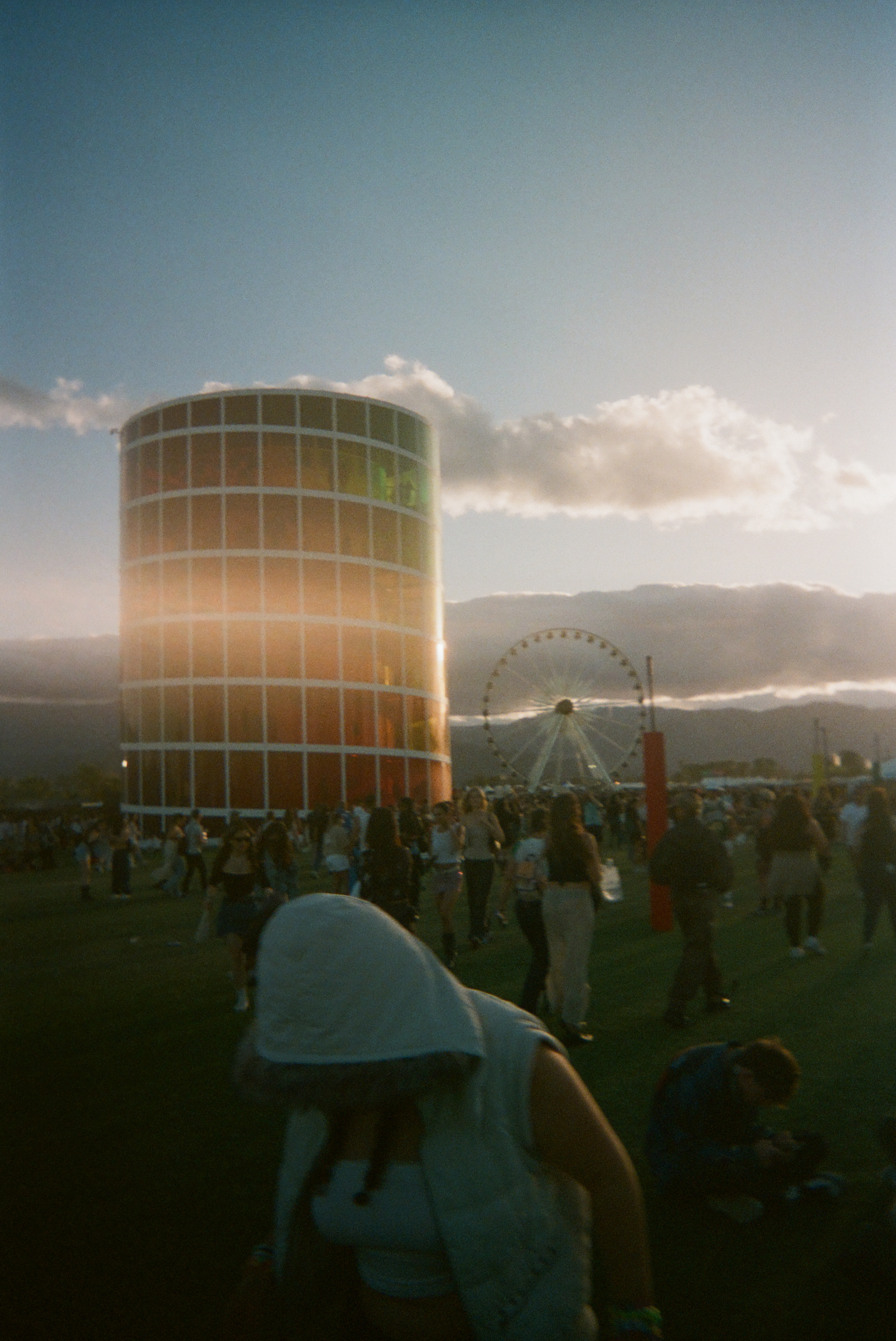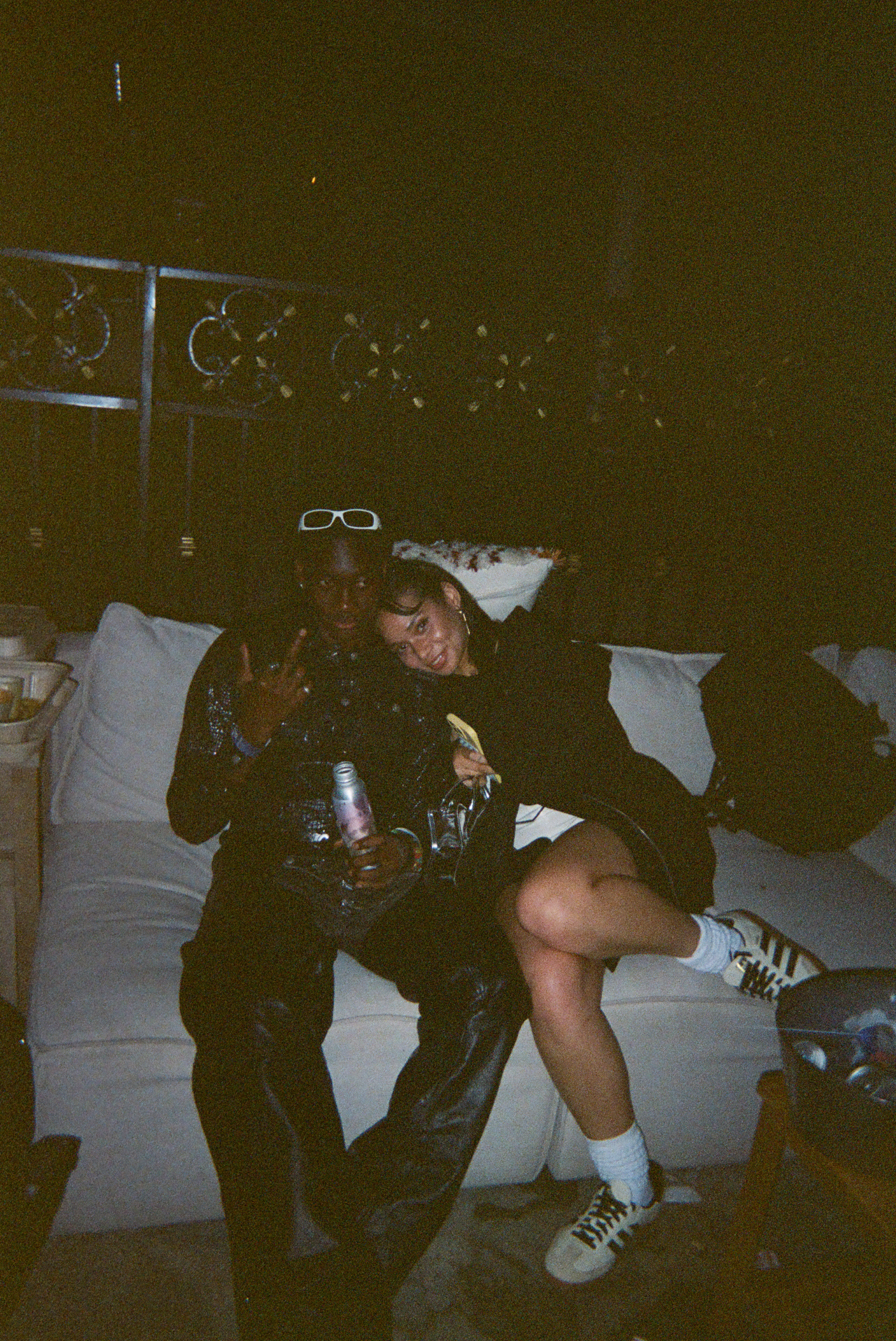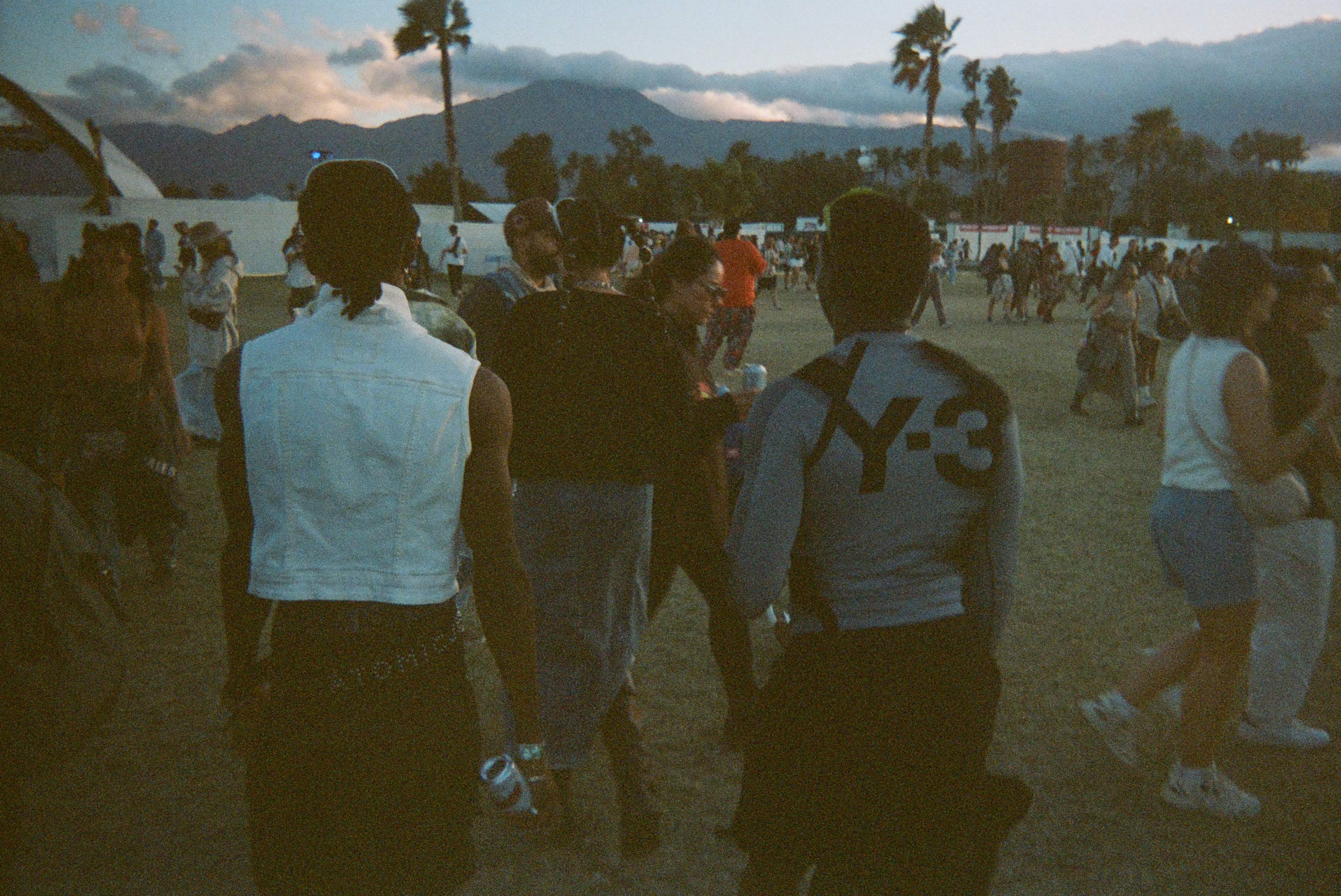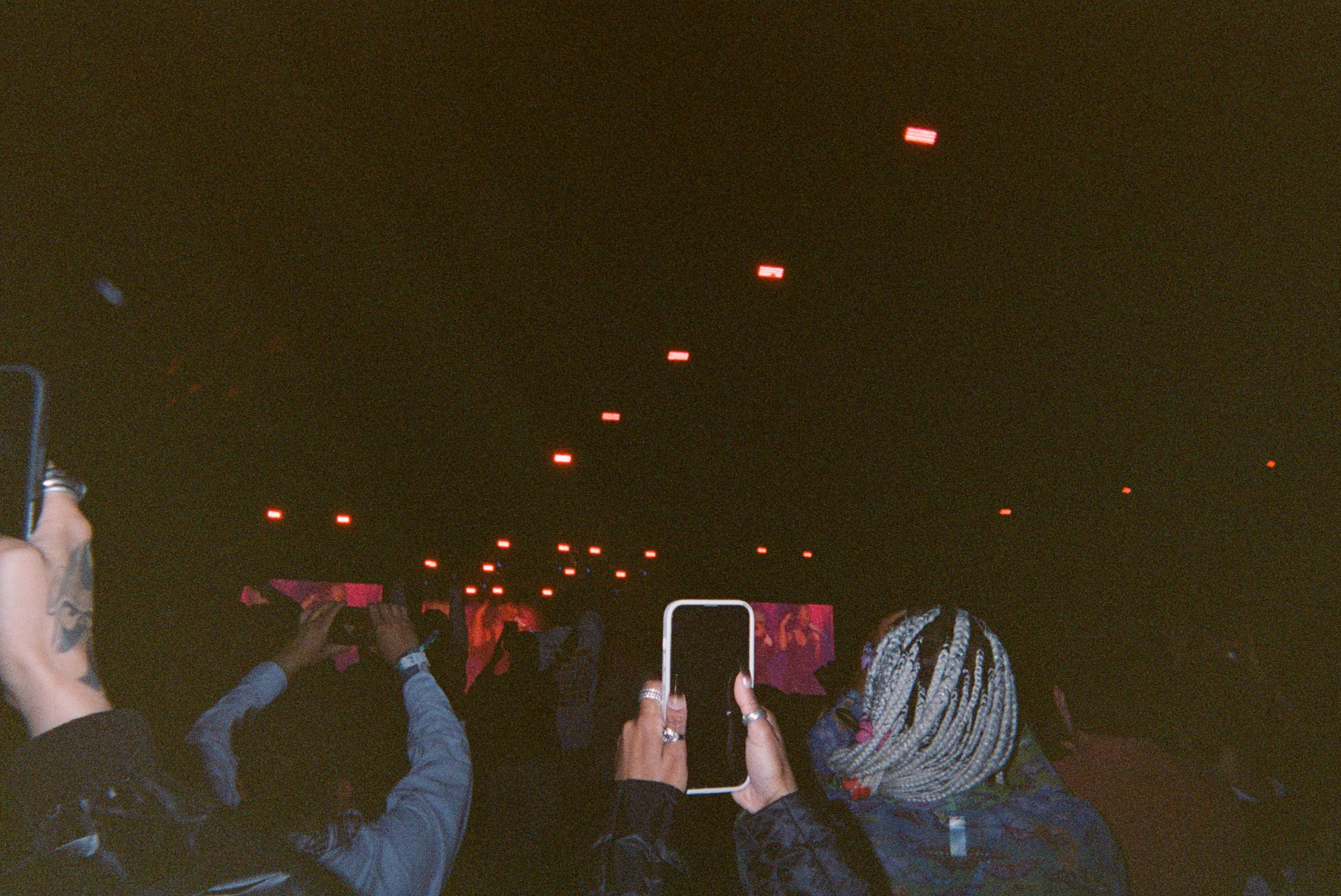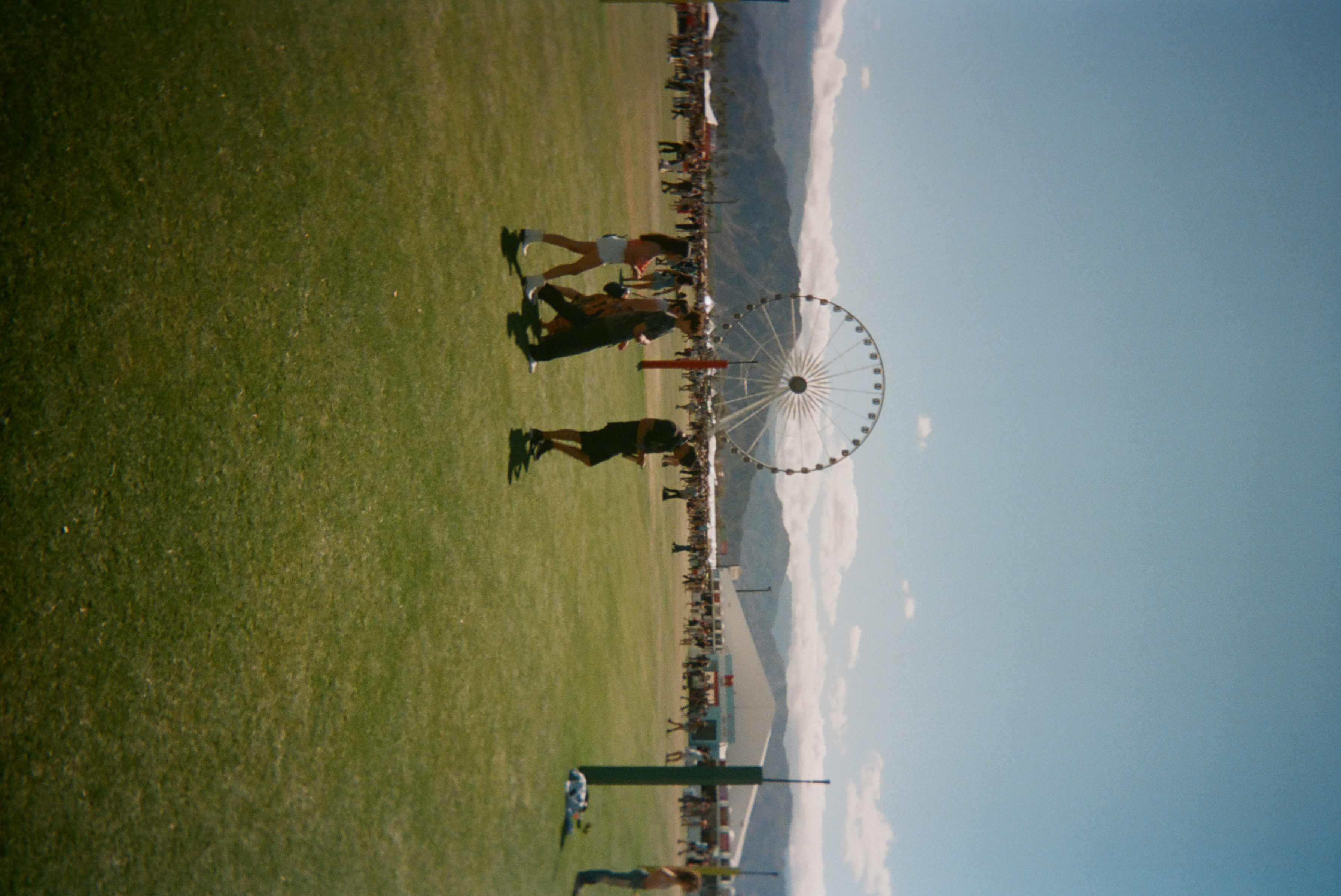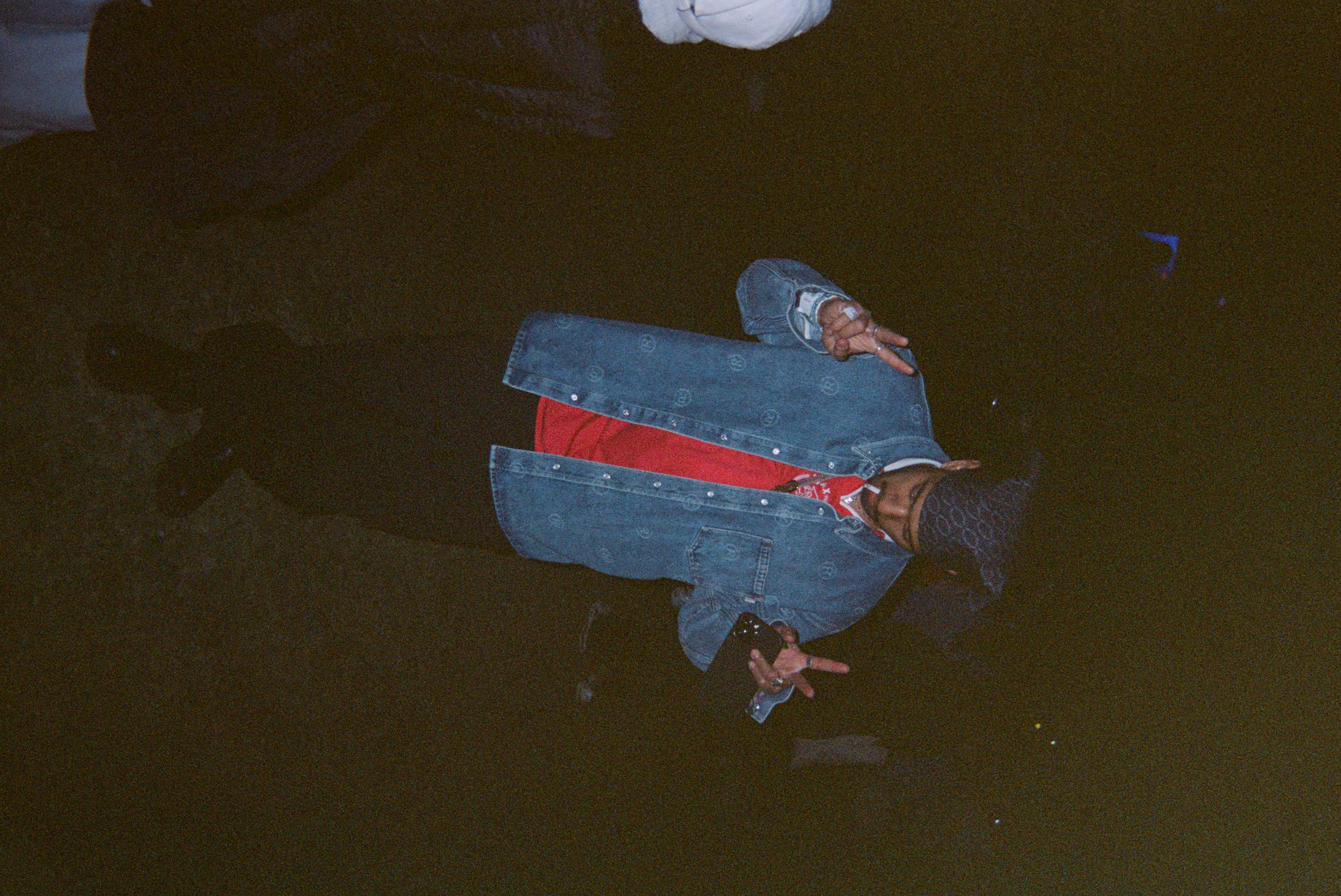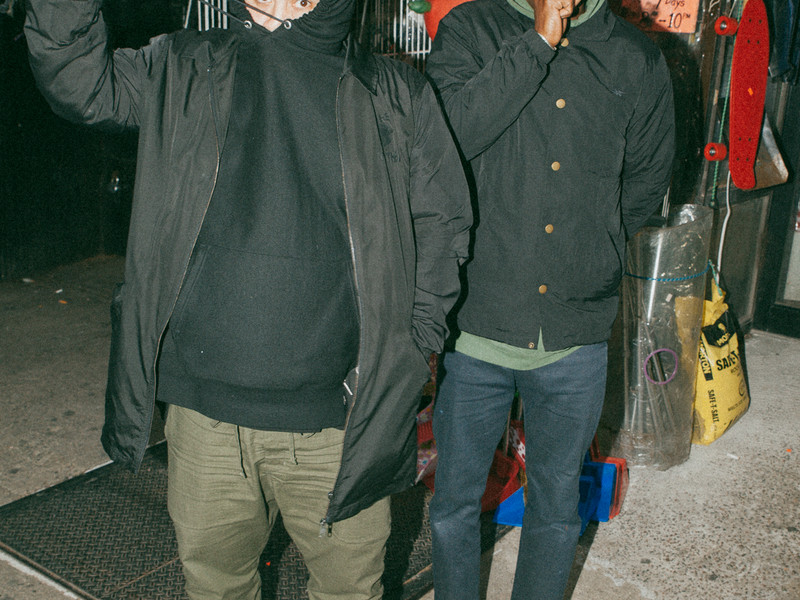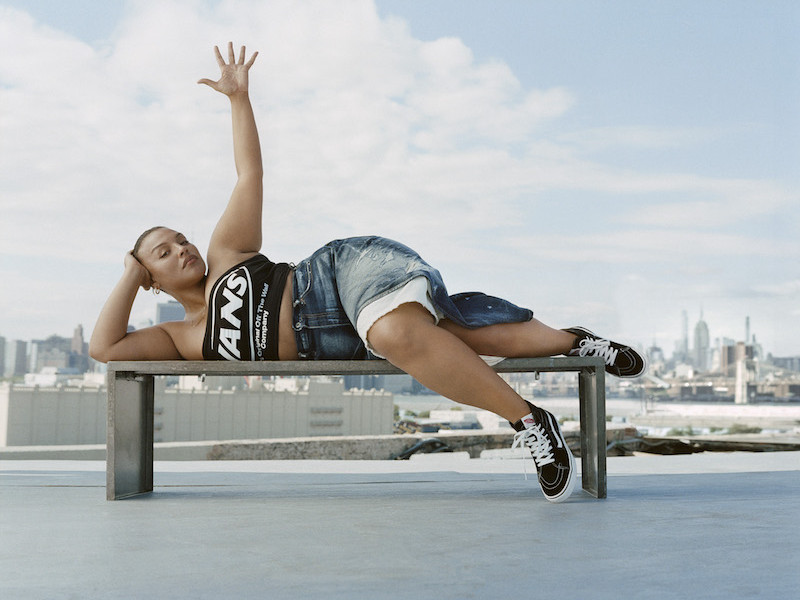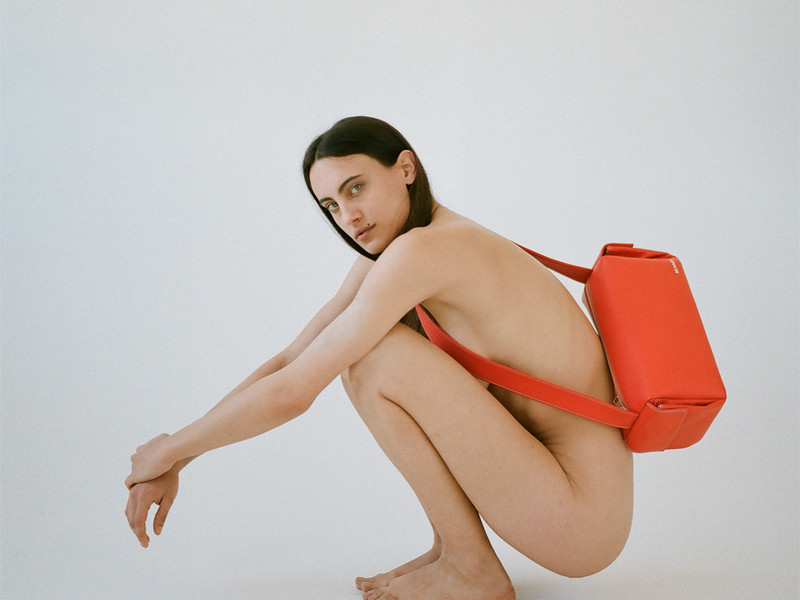Planet MONOSUIT
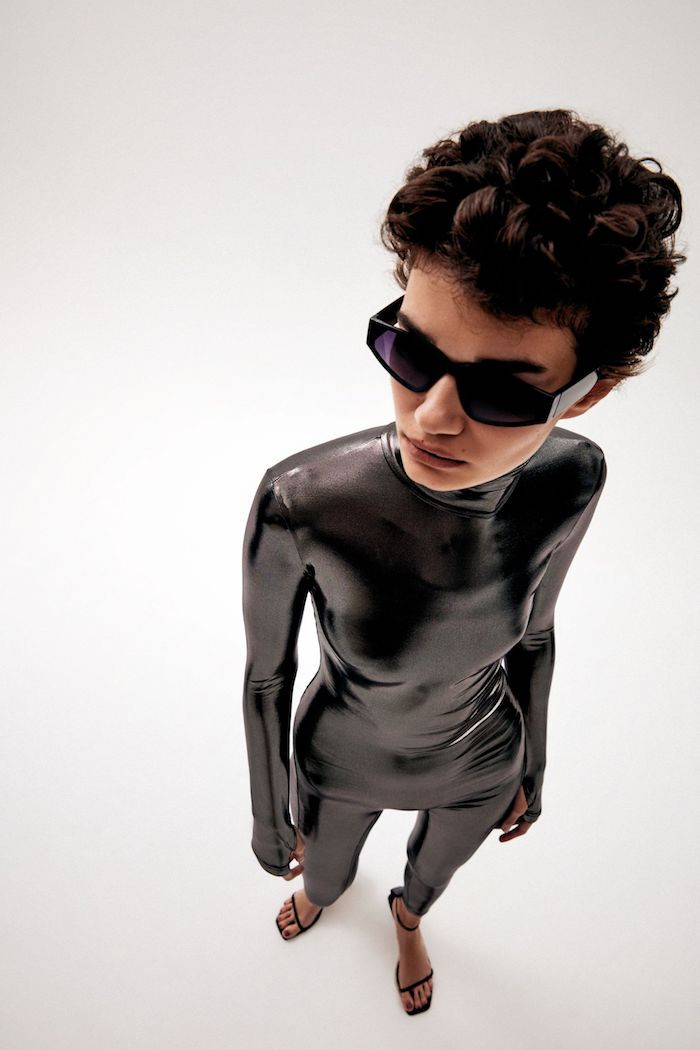
You can take down the galaxy and still make it home in time for dinner in MONOSUIT’s space-age-inspired suits. MONOSUIT is breaking every normative fashion barrier and bettering the world all at once — MONOSUIT is the future.
Experience the infinite, expansive planet that is MONOSUIT by reading office’s interview with the brand’s designer and founder, Maria Agapkina, below.
How did the MONOSUIT journey begin? Why did you decide the world needed a brand like yours?
So first of all, I'd like to introduce myself. My name is Maria Agapkina. I'm a designer and the founder of MONOSUIT's fashion brand. I started my brand eight years ago, in Moscow, Russia. And then later after several years — three years ago — we expanded into the U.S. The main motivation for me to start a brand was actually two different things. First of all, I really love fashion and I have an artistic background. I'm an artist in my heart. And fashion is really what I've dreamed of since my childhood. But at the same time, I can see that fashion has what I call a 'dark side' and I know most people do not like to talk about that. That is what mostly worried me about designing — the whole process of creating and utilizing clothes. Now, the majority of clothes, they live for what I would call a linear lifecycle — we are buying stuff and using it, but then those clothes are dying somewhere in a landfill. From the beginning, I've loved fashion. It's cool. It's interesting, it has a lot of creative opportunities for me as an artist. But at the same time, it has an unpleasant back side. I felt like I may be one of the people who could really help to change things. That's why I started thinking, about eight years ago, that we needed to actually make a dramatic change in how we produce clothes, how we design clothes, and how we ultimately recycle them. I found out that the best solution here is to make that lifecycle circular. So for me, my dream from the beginning was for someone to buy my clothes, wear them, and then after the person doesn't need the clothes anymore, we need to recycle it back — ideally into a powder or into a fiber. And from that fiber, we can make threads, and then use the threads again to form fabric, and then out of fabric we can make a new garment once again. The concept of zero waste became my dream. I focused all of my efforts on starting this business, and now I'd like to help other people who supported me to switch from that linear lifecycle to the circular and zero waste concepts. The brand started with that big dream. It was very ambitious and a little bit romantic at the beginning, but here we are.
I feel like a lot of brands — they don't start with this idea from conception of the brand. With what you're saying, this was always the intention. Your products are so ethically made, but these are things that a lot of companies are just starting to figure out. I think that's really commendable, because that was always your vision and it shows through your work.
Thank you very much for saying that. The most important motivation for that, I would say, was actually my parents who graduated from agricultural university. All their lives, my mother and father had been planting those seeds. That's why, from childhood, I felt that deep connection with nature. I've actually traveled to more than 60 countries all over the world. Year after year, I saw the bad situations going on with waste all over the world. There is excessive plastic and trash floating in our oceans. It's about actually accepting that. I don't think every government understands that this phenomenon is accelerating, and we need immediate action.
Can you explain the behind the scenes process that goes into the regenerated nylon that the jumpsuits consist of? How does ocean and landfill waste go from trash to your beautiful end product?
I did a tremendous amount of research and found amazing technologies in Italy. I met with the general directors and representatives for some factories, and we started discussing that we were on the same page, you know, we had the same interests. For them, they are producing fabrics, and they are also looking for ways to be sustainable in the production of the fabric. For us, we are looking at how to make design more sustainable and how to source more sustainable technologies. We found the solution together. When we say ocean waste, it's actually a subsidiary of the factory and we are together controlling it. A majority of ocean waste is fishing nets and, of course, plastic garbage. So all this waste in the Mediterranean and the Pacific Ocean, we collect it. Then this waste needs to be sorted out. Out of this garbage, we make capsules — they look like little black stones. We turn those 'stones' into a powder, and this entire process requires minimum amounts of water. It's a lot more ecological when compared to organic cotton, which requires tons of water and tons of human labor. This is a machinery process. Out of the powder, we then make the threads. After that, there are actually two methods we could use. The first method is we could make fabric, then cut our clothes out of traditional 'cut and sew' patterns. But we decided not to use that method; we decided to go a more automated direction. It's seamless. It means that all those threads go into a special, tubular machine. Those machines are also used for making tights, for example. So we were able to combine together a sustainable, recyclable yarn plus that circular production.
All of our jumpsuits also have zippers on the lower back, which resolves that awkward problem for women — you don't have to sit naked in the restroom. So far, we are able to use 30% of fiber made of that recycled material, but we are going to increase that recycled percentage from collection to collection. The technology just isn't there yet. We already tried to make our products 100% recyclable, but it's a little less comfortable to wear. I'm wearing it right now and it takes me from morning to night. So we are trying to find that balance between thermal, antibacterial, soft as cotton, but at the same time — recyclable. That's why in the next collection, hopefully we will have another 10 or 20% more, and then hopefully by about three years, we will have 100% recyclable and comfortable wear.
My mind is blown because the detail that goes into this is so intricate. And 30% regenerated materials is 30% more than a lot of other brands are doing. Your jumpsuits are also the first ‘high-tech’ jumpsuits out there. From antibacterial material to patented ‘secret’ zippers, you really thought of it all. Can you break all the technology included in the jumpsuits down for me?
Those qualities — antibacterial and thermal characteristics — are actually all about how to knit the garments. For example, you can knit it in a more firm way, or you can knit it in the way that it still breathes. It took us at least 15 tries — we played around with how to knit for the best softness and best breathability. For the antibacterial effect, it's actually certain components that are added to the top of the fibers in order to prevent bacteria from growing. For example, bacteria love cotton. There are advantages to combining different man-made materials because bacteria don't like them. So it's not about killing bacteria, it's about not letting them grow.
I know you said you're wearing a Monoskin right now. Why do you think everyone should have a Monoskin jumpsuit in their closet?
For me, it's about being a very busy person. In the morning, you always think, 'Oh, my God, what to wear — I have to combine a top and bottom.' With Monoskin, it's so easy. Basically you can jump in and go. So this morning, I went jogging wearing it. It's breathable and perfect for winter temperatures. And then for this meeting, to look more 'business,' I just put a jacket on and I'm ready to go. It's easy to style with all the basic items in a wardrobe, and at the same time, it saves you time. I love this one I have on — it's like a cinnamon color. But the black one is always a universal one. Especially when you are traveling or on an airplane, there is no uncomfortable squeezing — you don't actually feel it on you. Another thing that I love is that jumpsuits are just super trendy right now, especially in terms of all of this digitalization — like gaming and virtual reality. Wearing it kind of makes me feel like a superhero. I'm also a big fan of space and space travel and it feels very futuristic. It's an amazing substitute for the pairing of leggings and a top; I think that's a little outdated now.
Your latest collection, titled “Destroy All Monsters,” was inspired by a 60s film by Irisho Honda. So I was wondering, what is your favorite sci-fi movie of all time?
It might be an unexpected answer but for me I feel like what you see in sci-fi movies can be observed in Grimes and what she's doing. It's like a reality show. But I really love all retro-futuristic movies, like Kubrick or I really love this Russian film called “Solaris” — the story was written by a Russian writer. I really go for a slow kind of futuristic movie — almost hypnotic. You kind of feel yourself in there in some way — in a spaceship, lost in space. I think all the old ones are the best. I like the irony of these films.
Yeah all of those topics are relevant now, too, with technology. So I think that's a super cool concept to base a collection on.
This comes, again, from my childhood. The first cosmonaut was actually in Russia, back in 1961. My childhood was full of dreams that maybe just in a year or two, we would be traveling between the planets easily. I'm still waiting for that moment — hopefully it will be soon. And that's why I need to be prepared in terms of what I can wear!
Exactly. You could totally wear a Monoskin in space. You talked before about how putting something on can transform the self — it can transform your identity, depending on what you're wearing. You said, you know, maybe you can even feel like a superhero. So if you could be a superhero, what would your power be?
Frequently in my dreams, I see myself flying. So I think I would be a fairy or an elf — something like that. My superpower would be flying all over space and curiously observing what is happening and how I can help to change things — kind of like an angel. For example, if I see that there is a lot of garbage somewhere, I have a magic wand and I can touch the garbage and clean it all up. Transforming trash into a treasure, you know?
And my follow up question is, if you could visit one planet, which planet would you choose and why?
I think I would like to visit another universe — not the planets of our galaxy. So if I had the opportunity to talk with a kind of higher mind, I would ask them how many universes we have in our solar system. And, if they said, for example, 'Five,' I'd go to the farthest one. I would want to see the most strange and outlandish place. I could gather inspiration and maybe bring some of those amazing things here, back to the earth.
Your pieces have been seen on some really big names, after only three years of bringing MONOSUIT to the U.S. What was the moment for you that really made you realize your brand was resonating with people?
Our strategy was to participate in New York Fashion week every season. We started in 2018, twice a year in New York, just to get visibility. The reactions were really positive; they'd say, 'Your clothes are so not from here!' A lot of people used the words avant-garde or futuristic. A lot of people said they hadn't seen something like that in New York before. And for me, it was so much support. When I compare it to Moscow, Russia — I receive so much support here too, but people in the U.S. are more brave about wearing original designs. In Moscow, people want to wear brands that they know. And in New York, I see that people are so open to new ideas. They really support me. The biggest celebrity, the first one was Maye Musk. She started to support the brand and we send her custom pieces all the time. Then Madonna. Madonna was like the moment.
Do you have any fun conceptual ideas that you're working on for a next collection?
Now, a lot of the sustainable aspects we would like to incorporate into our strategy are actually digital — digital clothes. Because from the sustainability perspective, digital clothing is an amazing direction for us to go. All of these big plans for the Metaverse, by Zuckerberg, actually open up a great perspective for designers to design digital clothes that potentially will be used for avatars. I know, statistically, about one of 10 garments that people are buying is normally just used once for an Instagram picture or a Facebook picture, and then it's garbage. That is such a, frankly speaking, nasty thing. It doesn't need to go this way. Our clothes are a lot of statement pieces — I just want the people to wear them for many years. That's why we are very, very focused on quality. But at the same time, if we see that the person would rather just wear it for one picture, we'd rather stimulate them buying a digital version of the garment. It's much less of an impact on our environment — except for certain e-waste. So digital clothes and NFTs are our next major direction.
Check out the new collection below.
